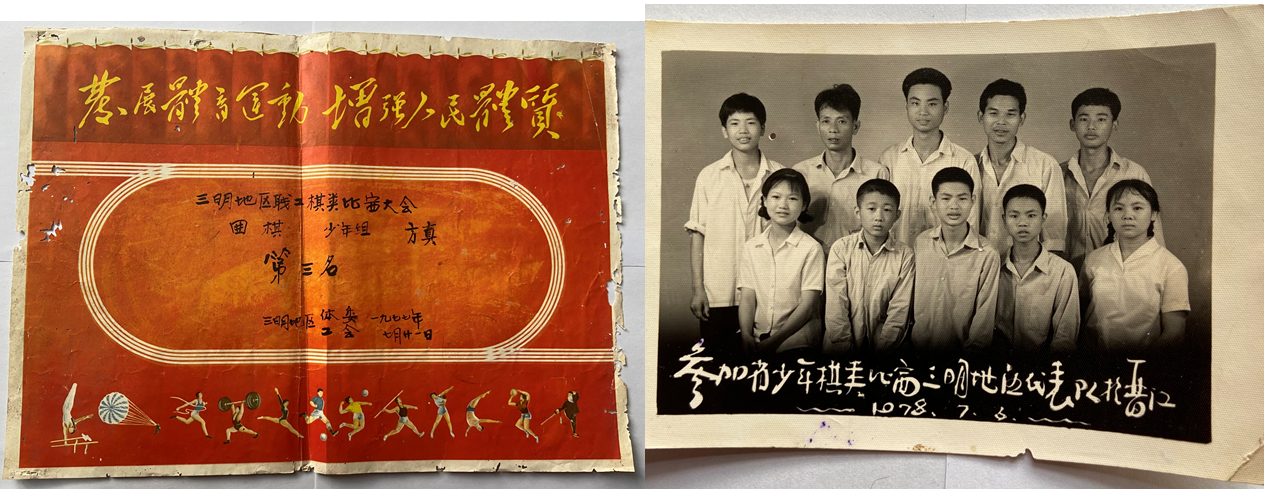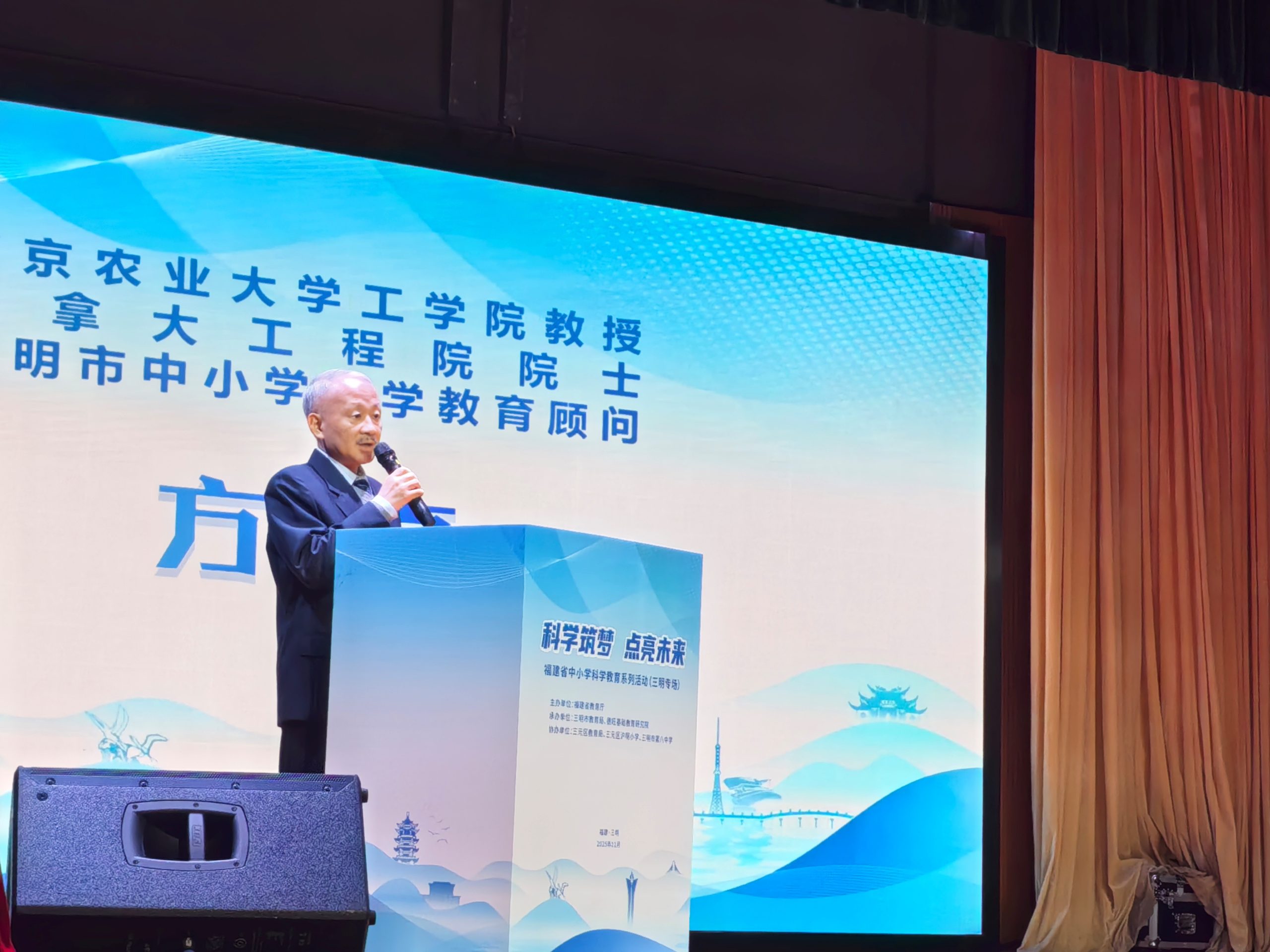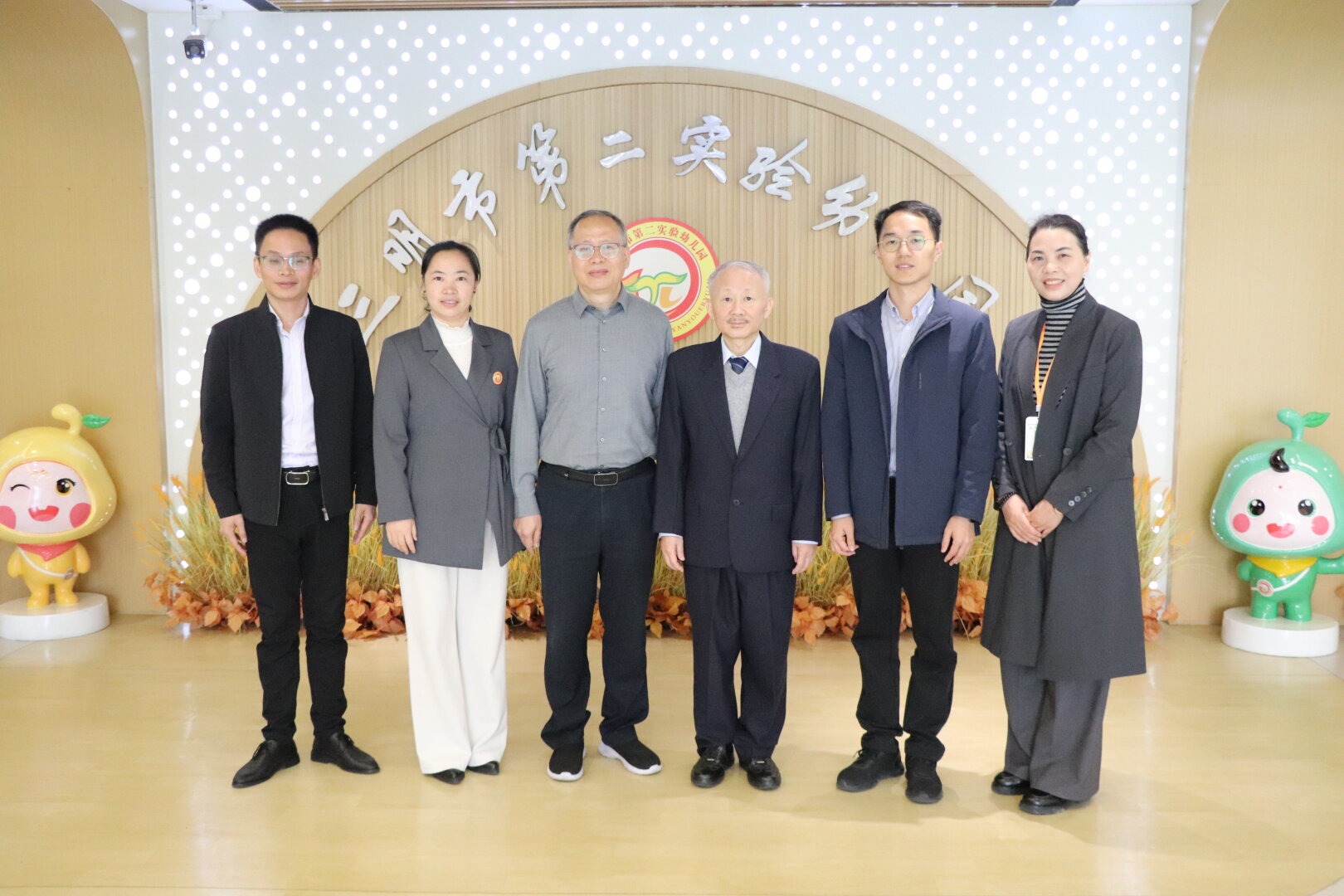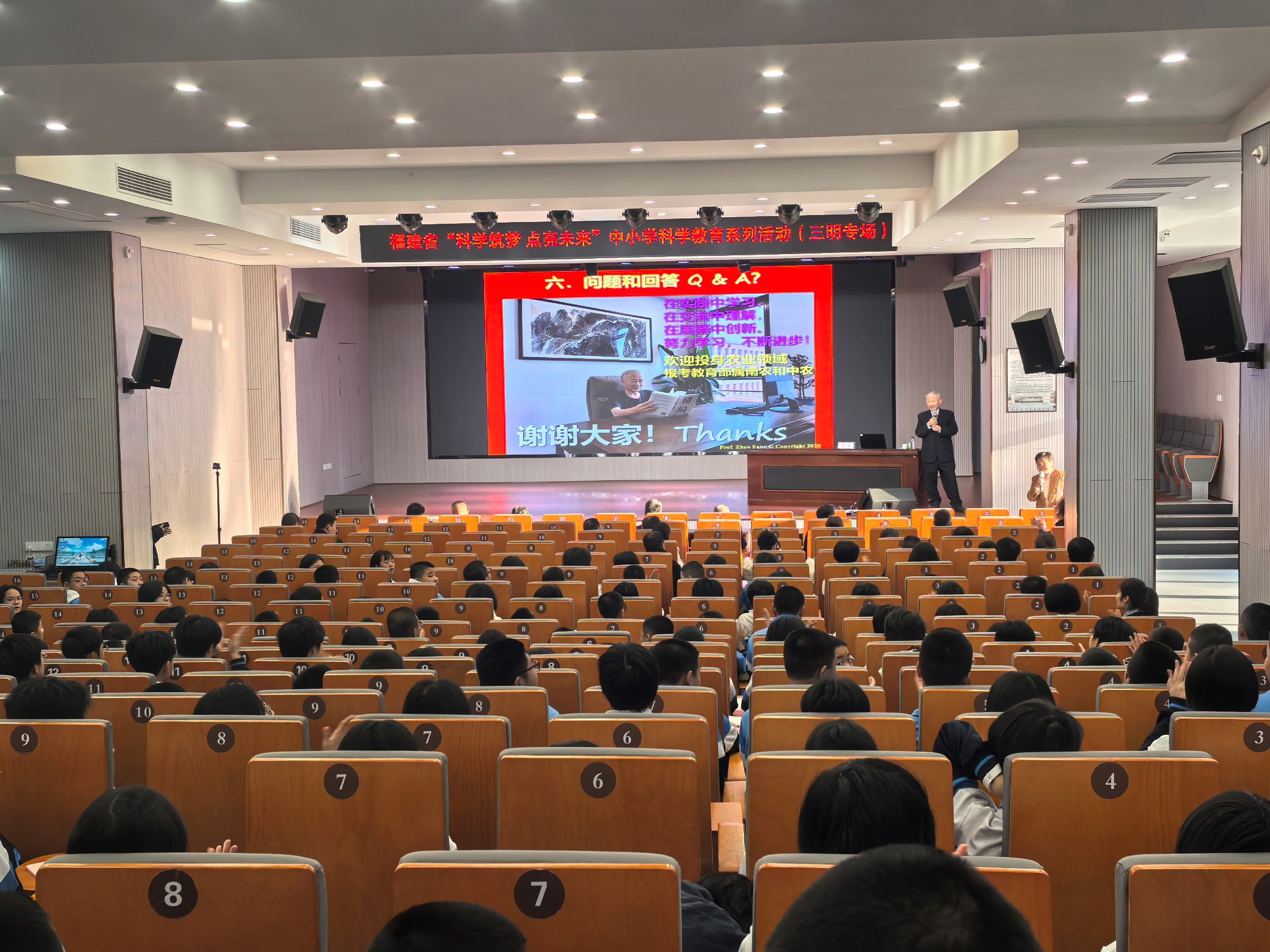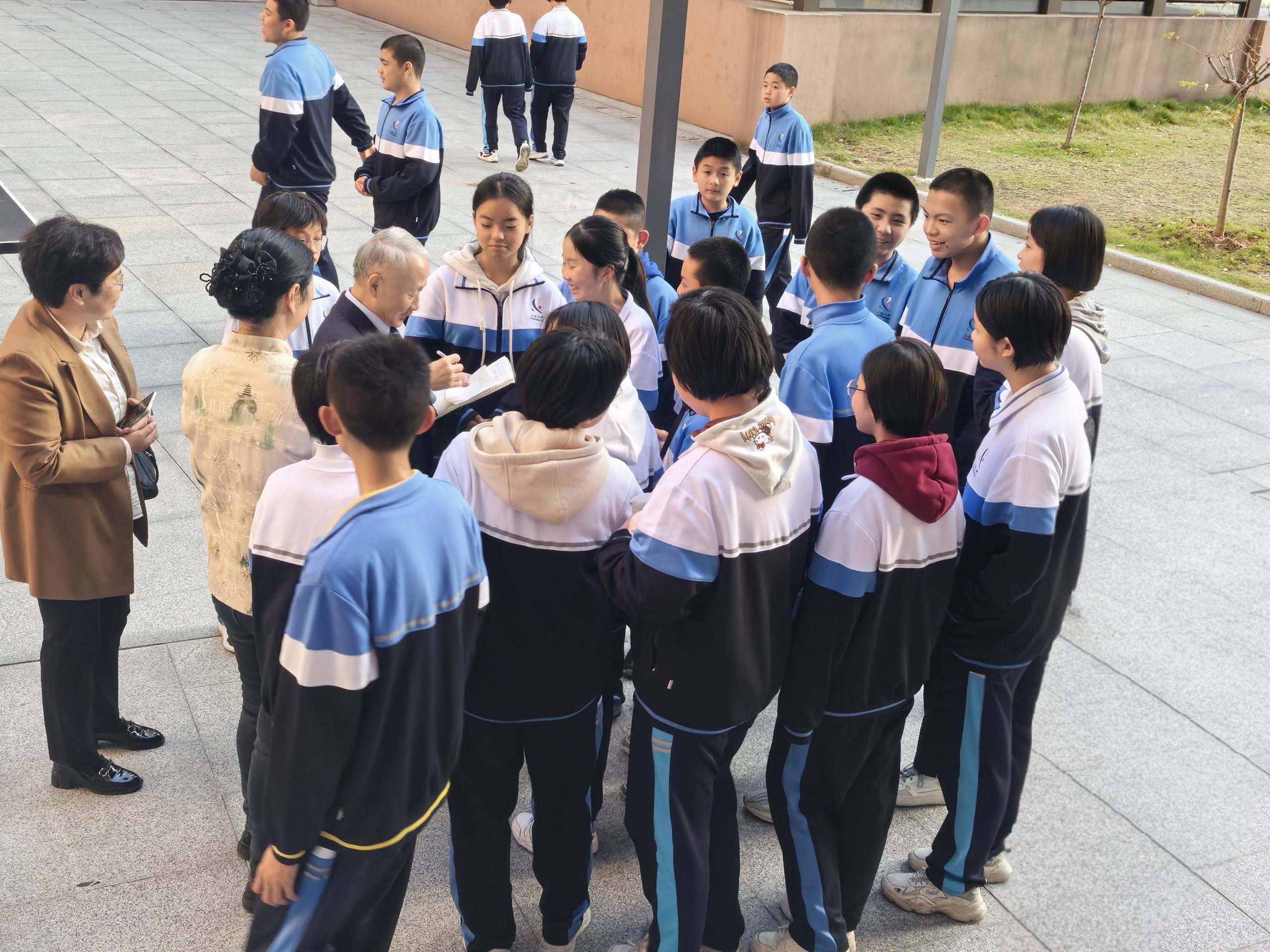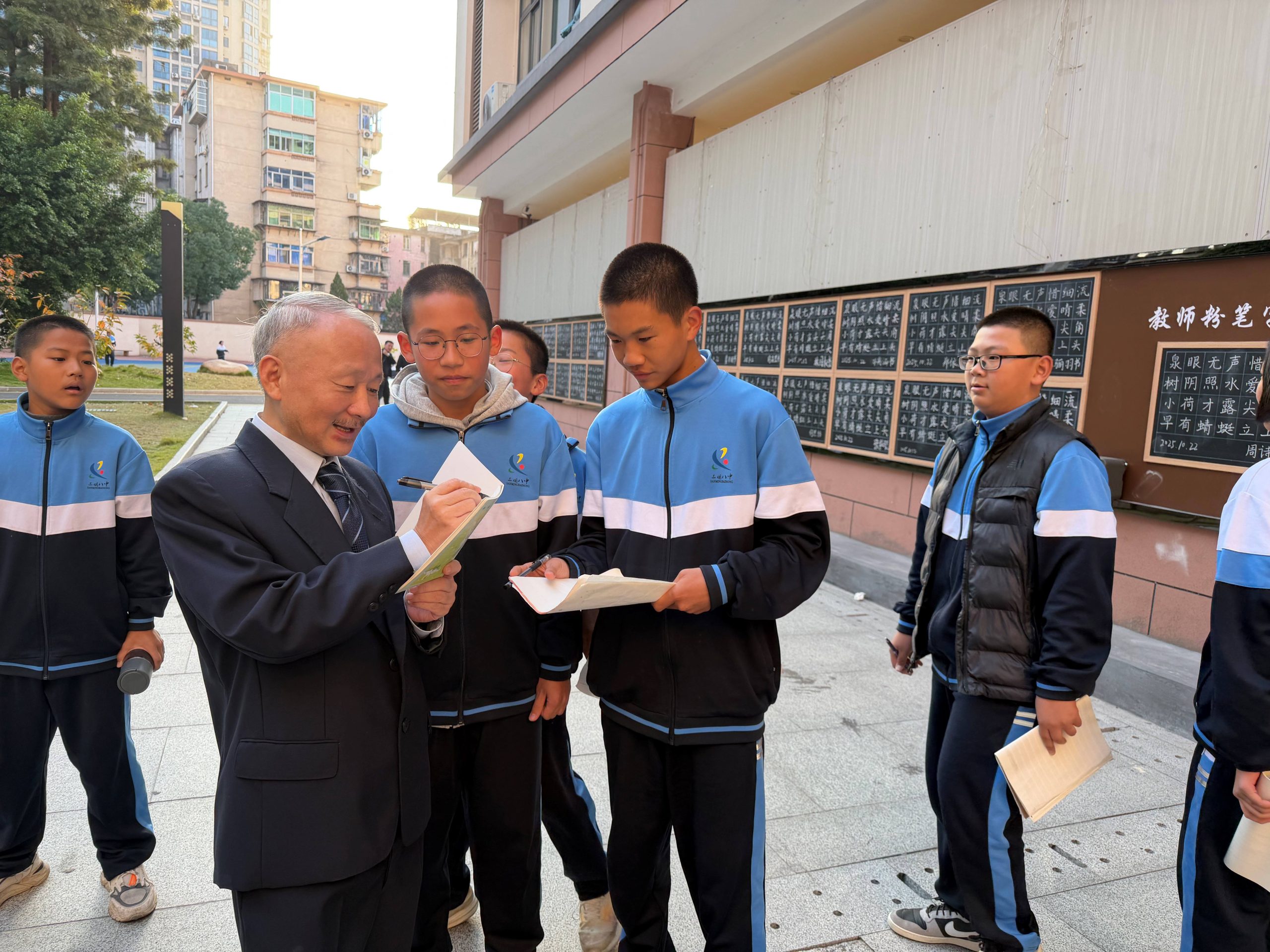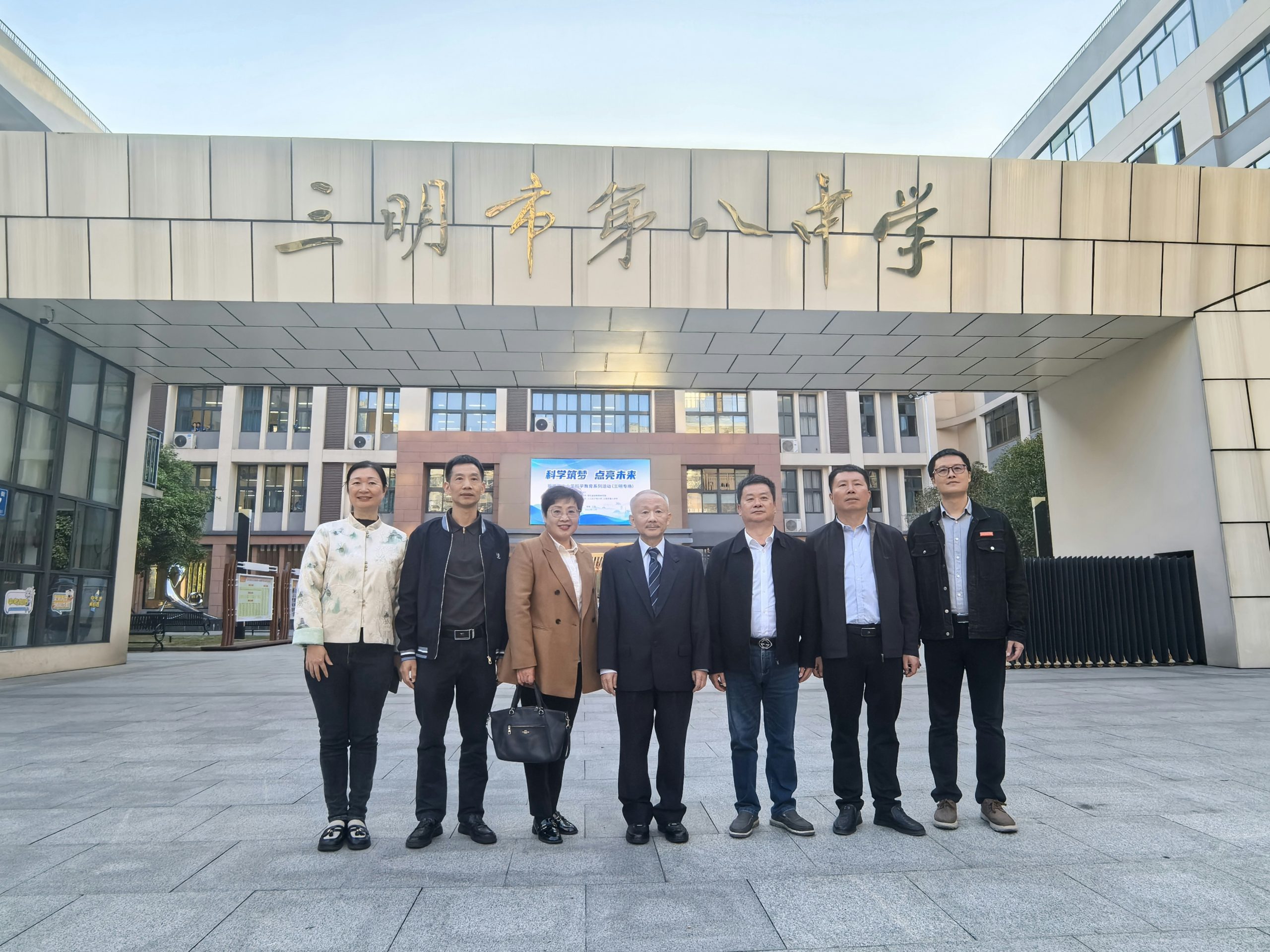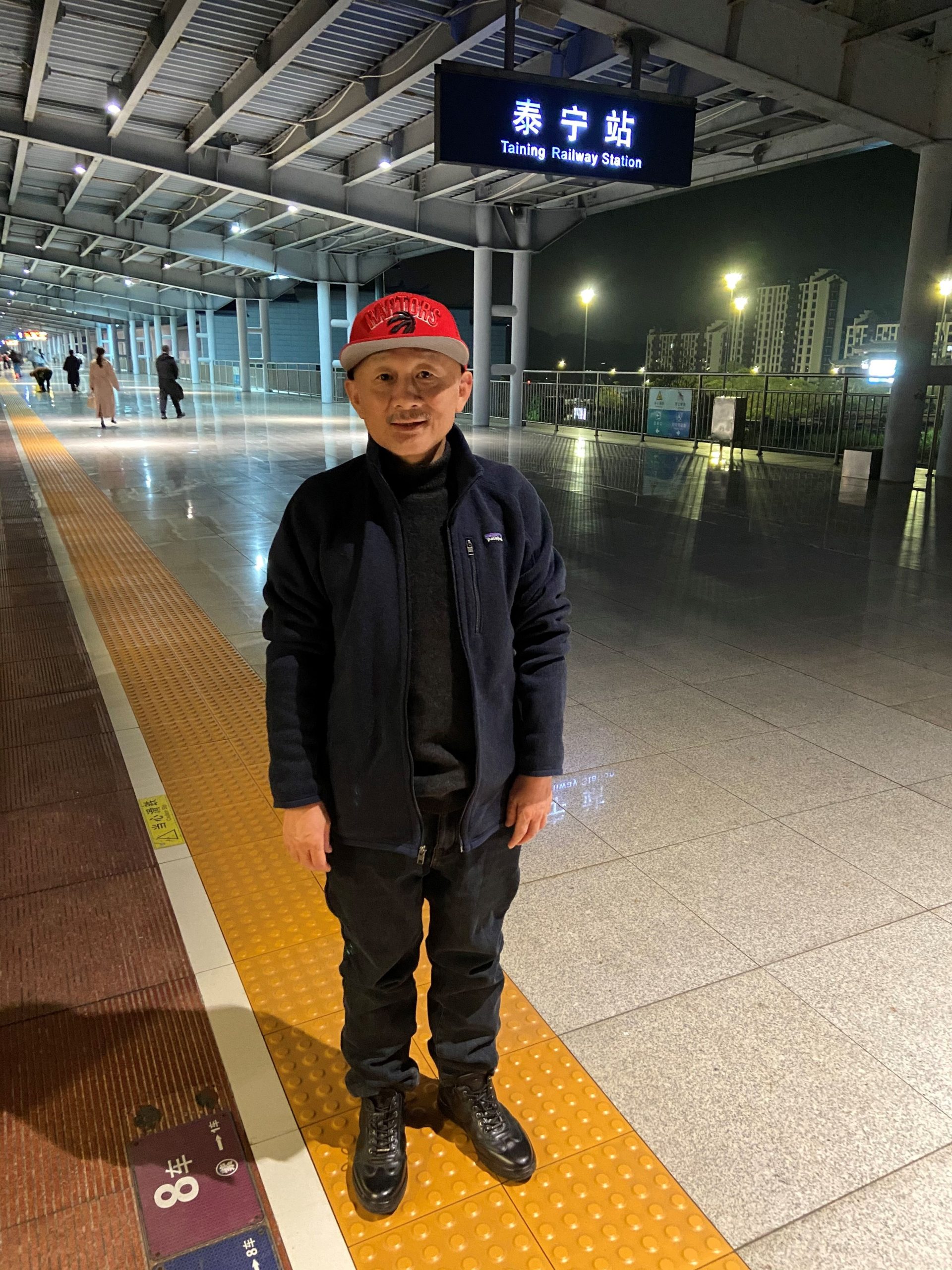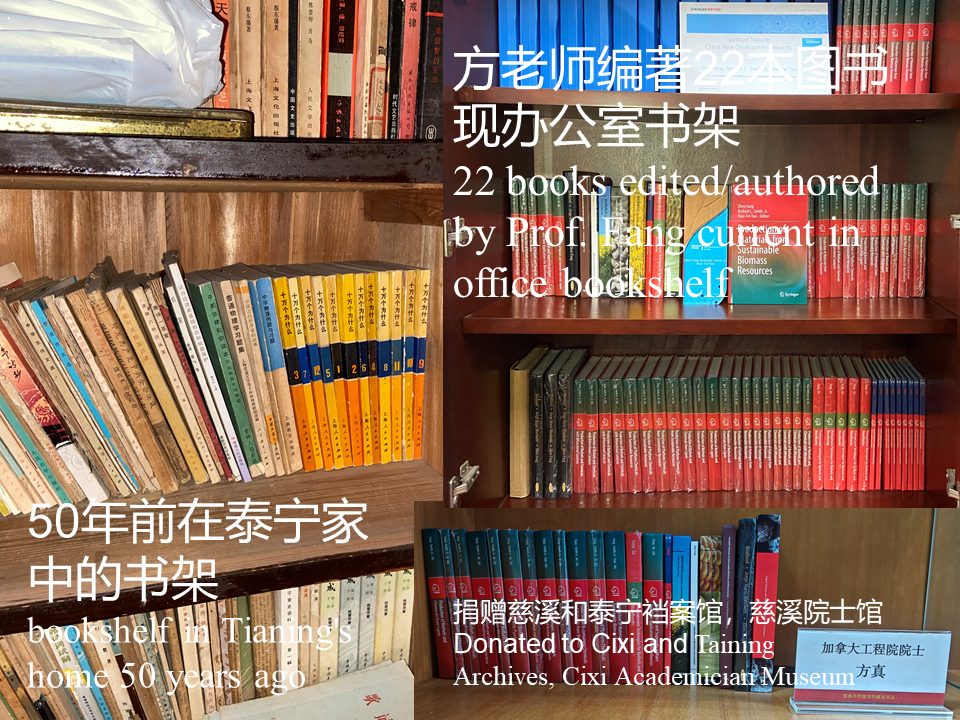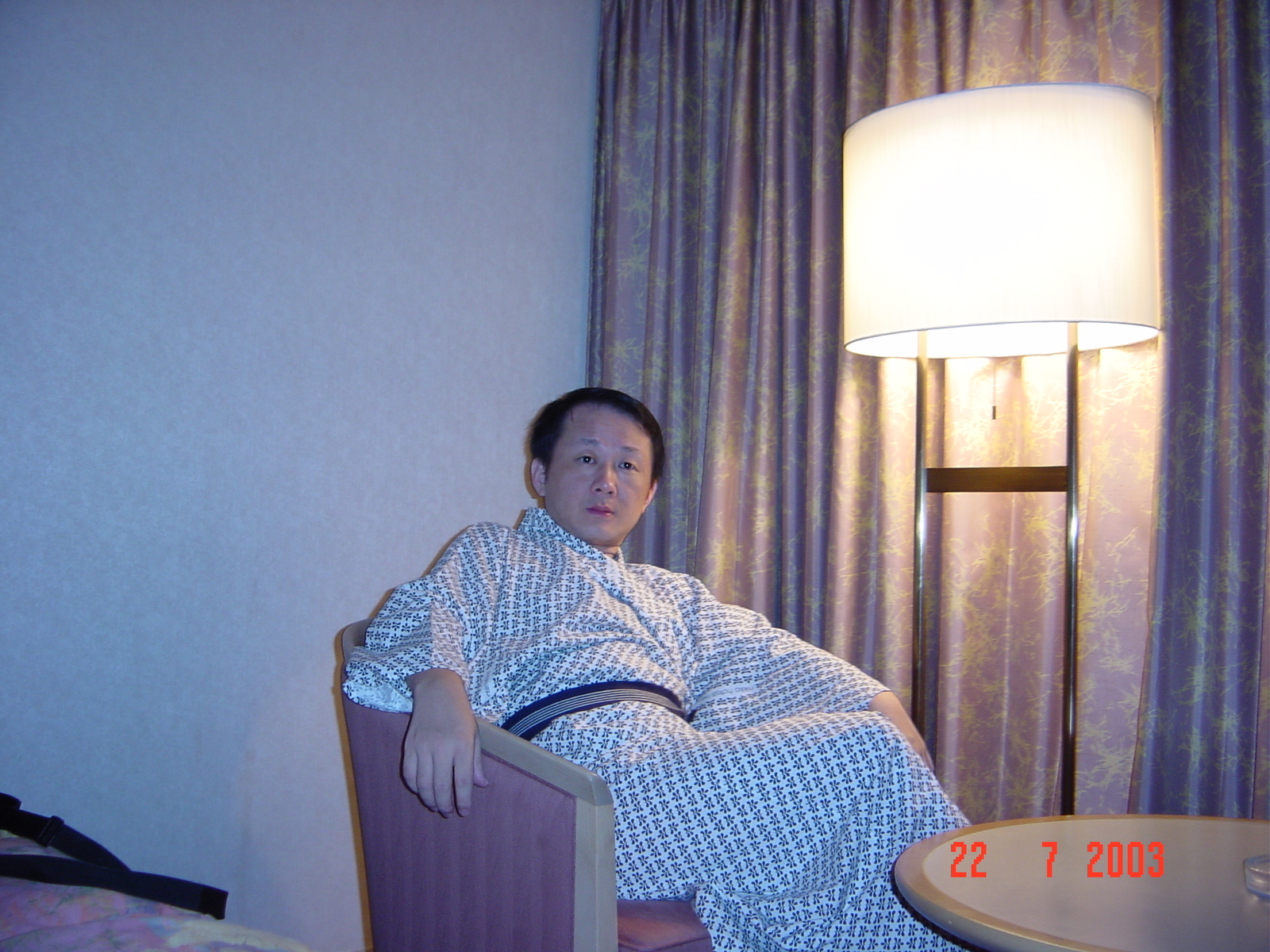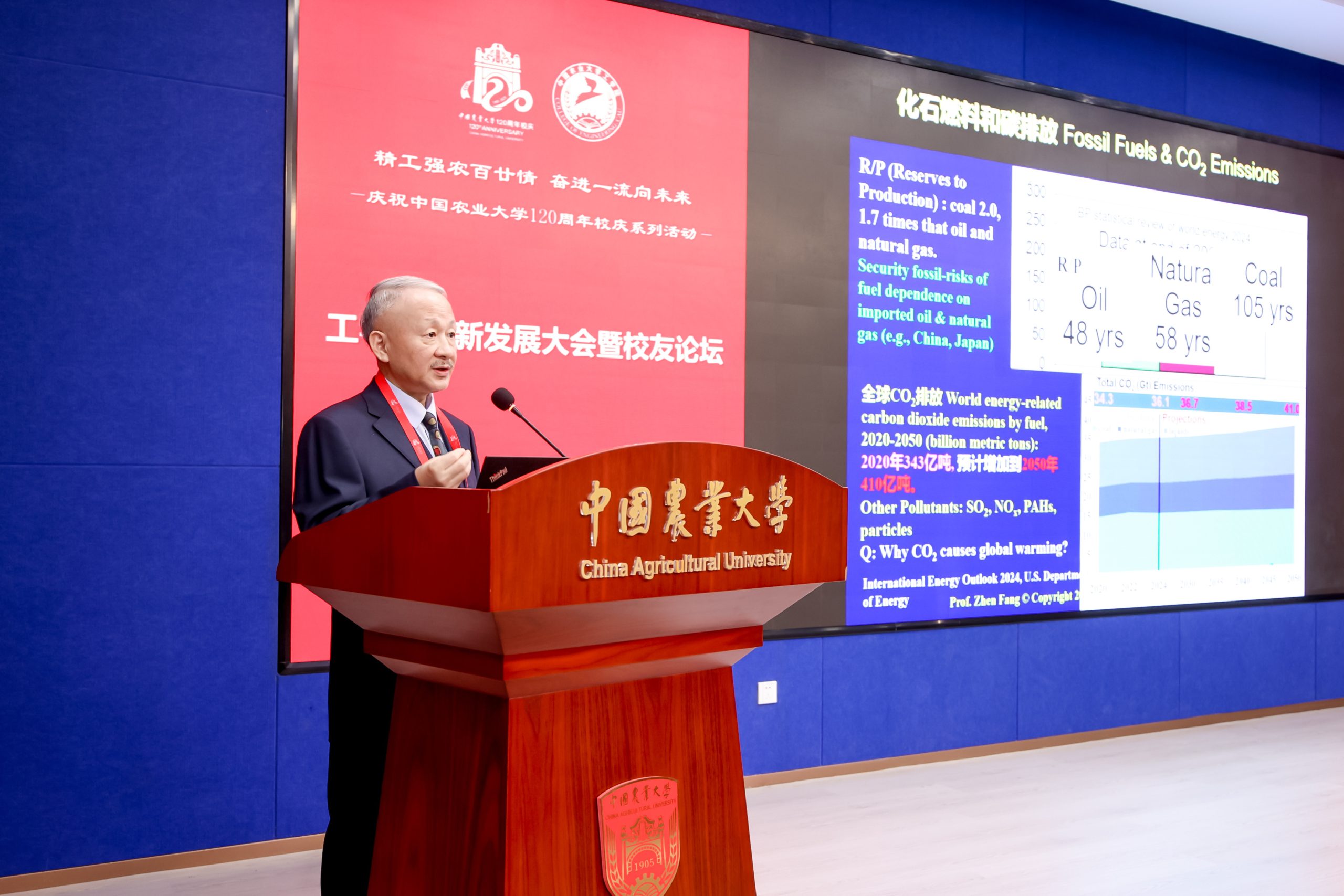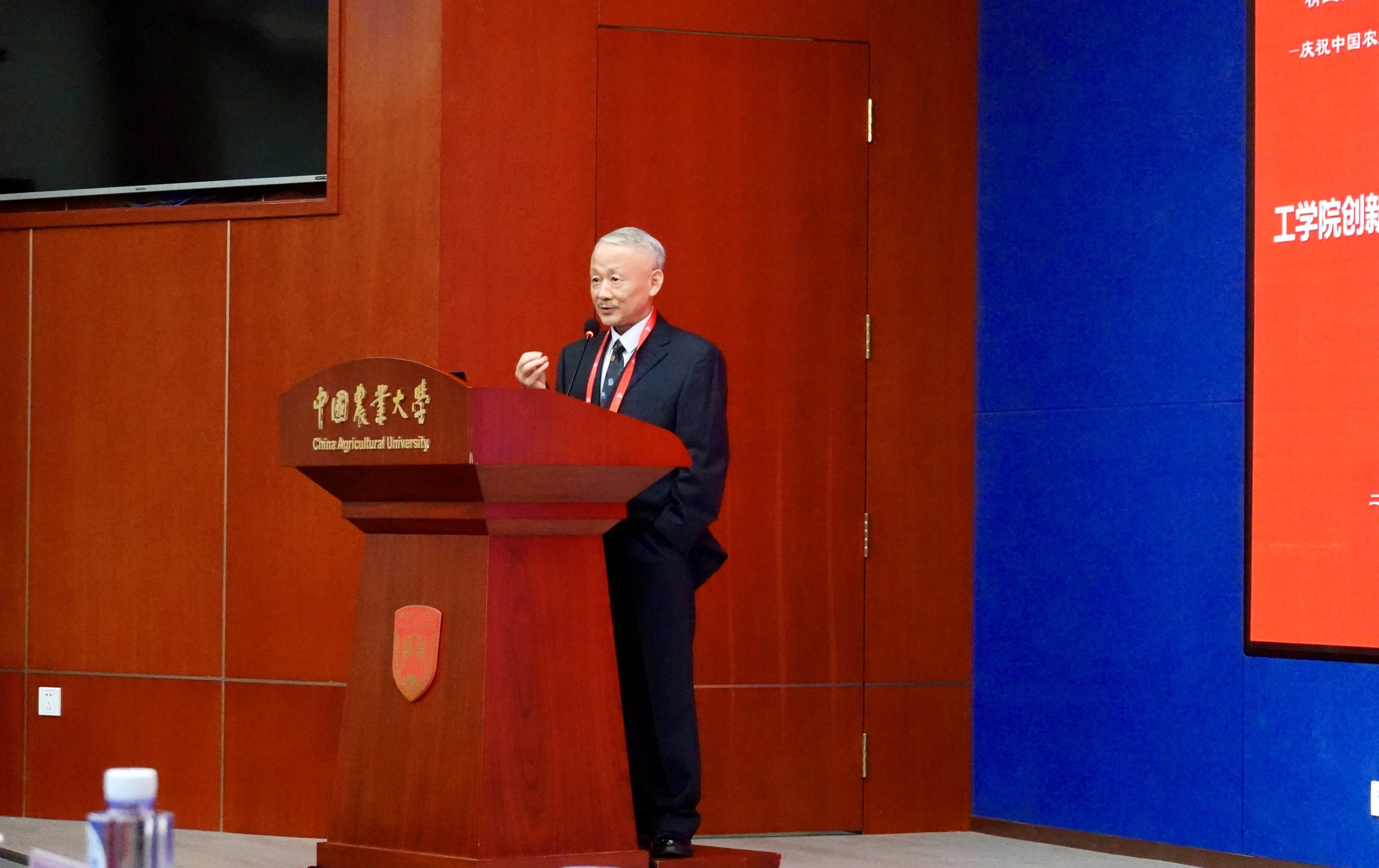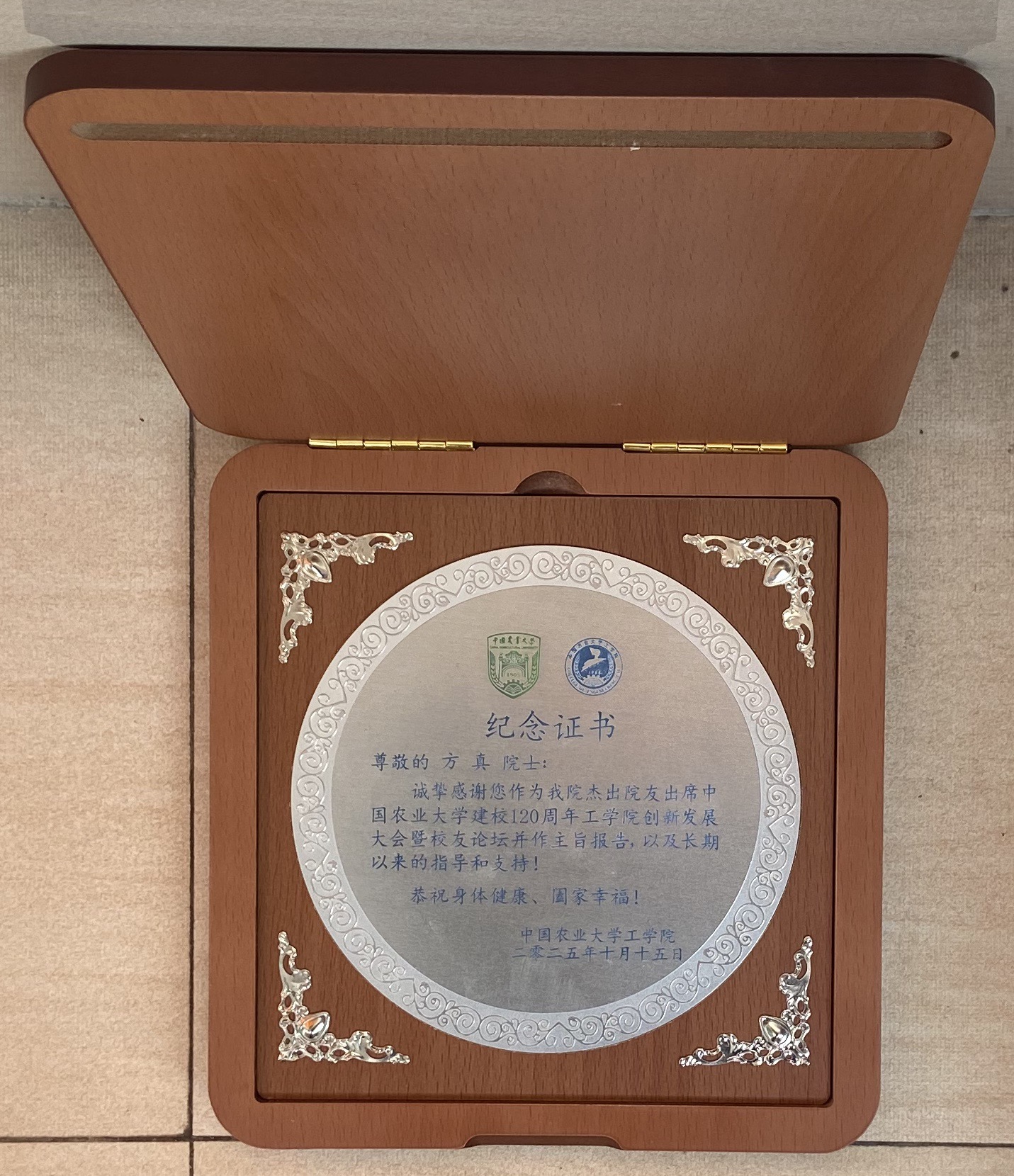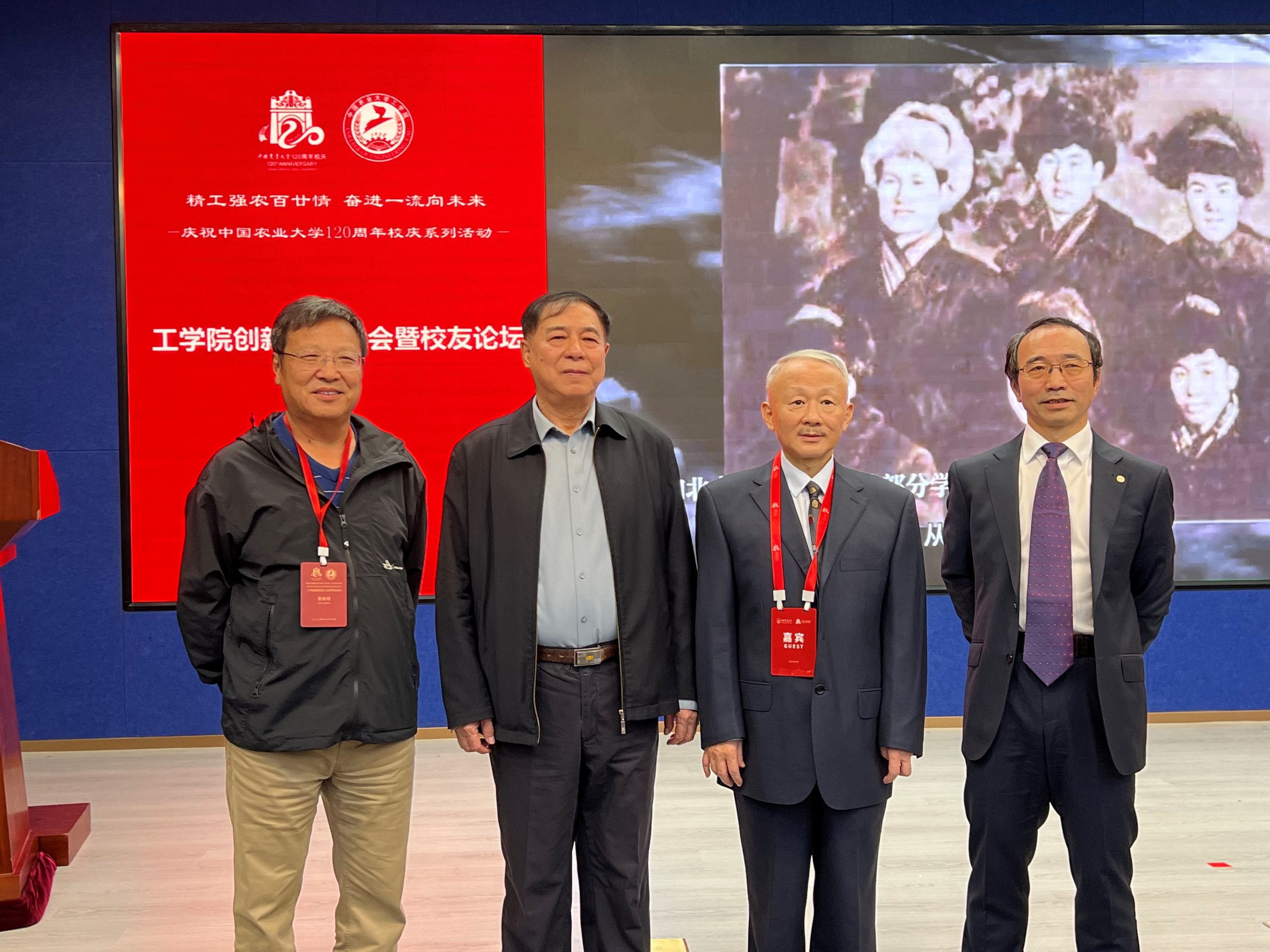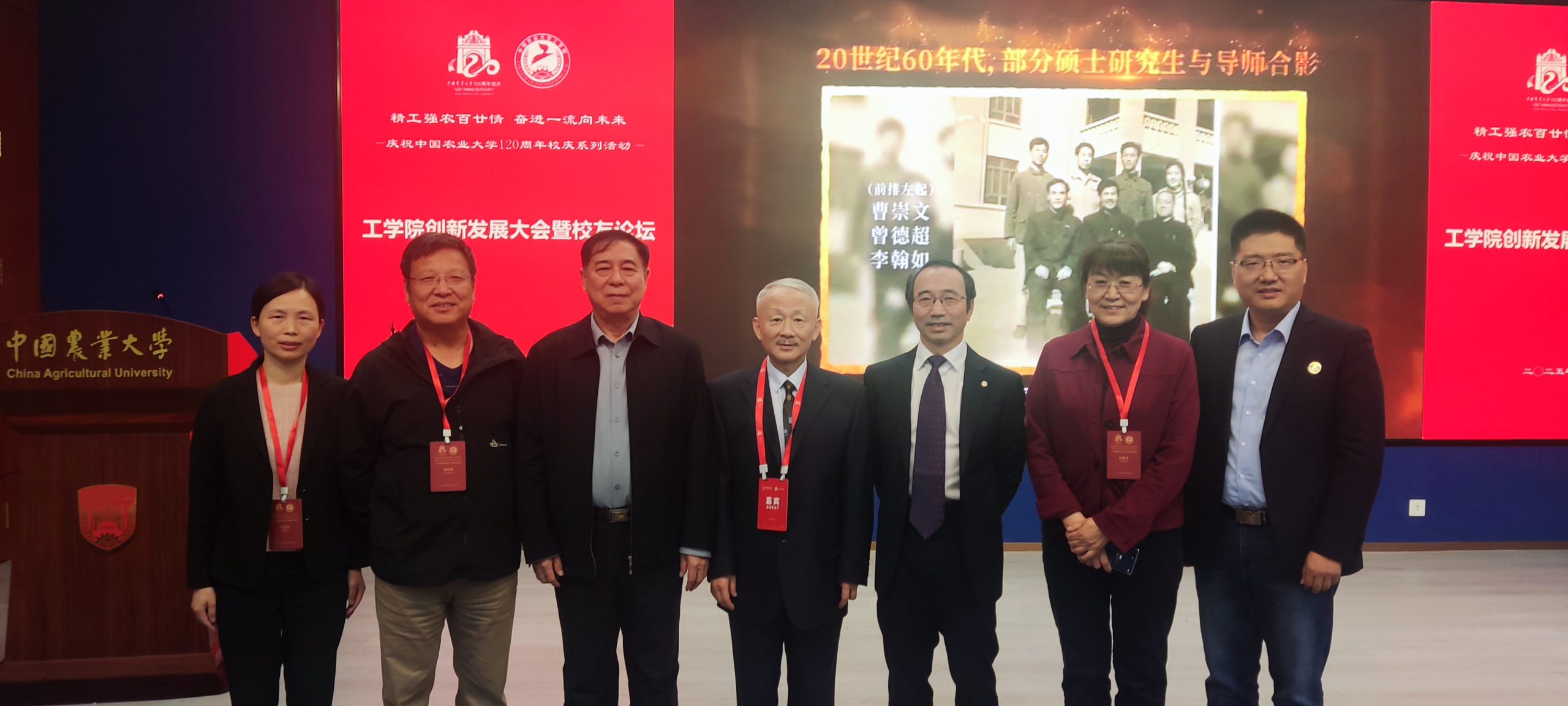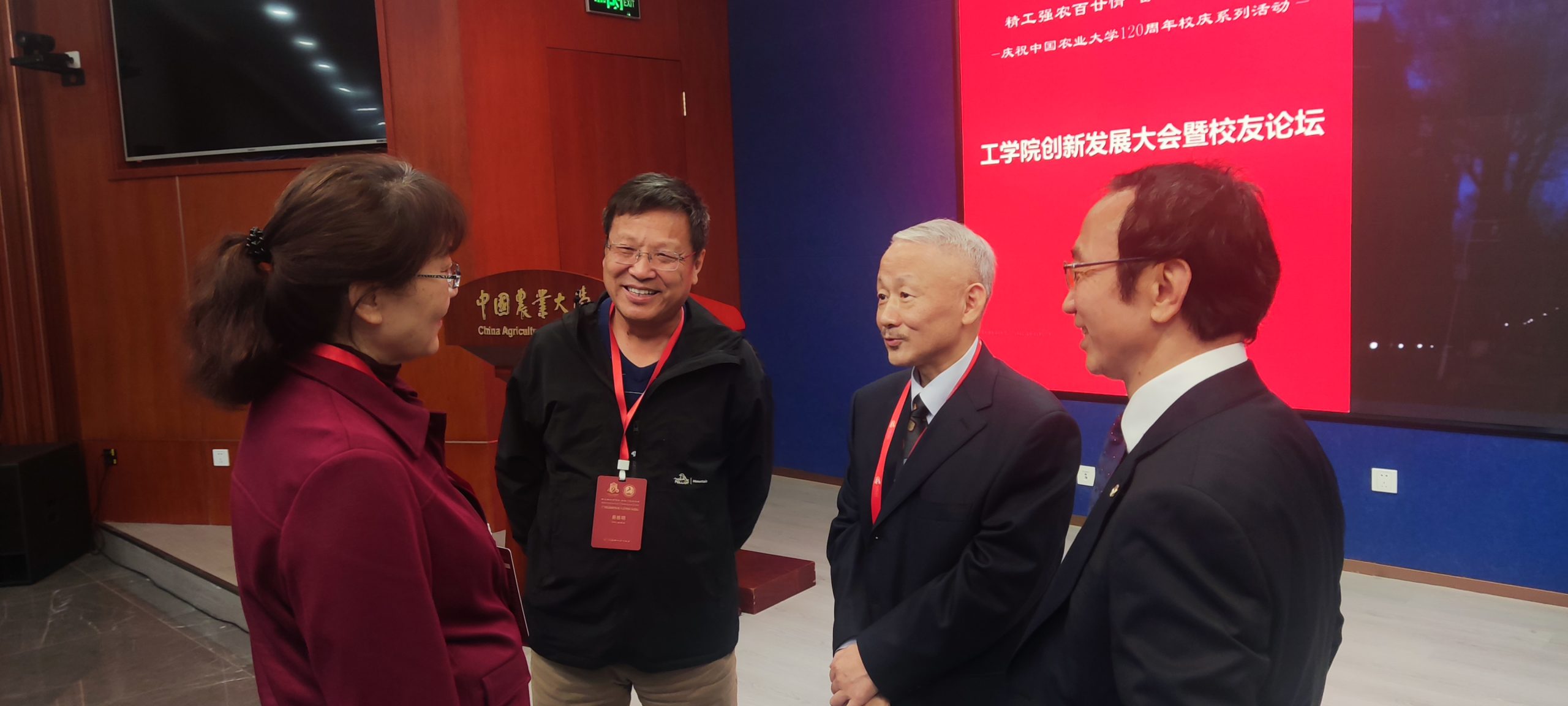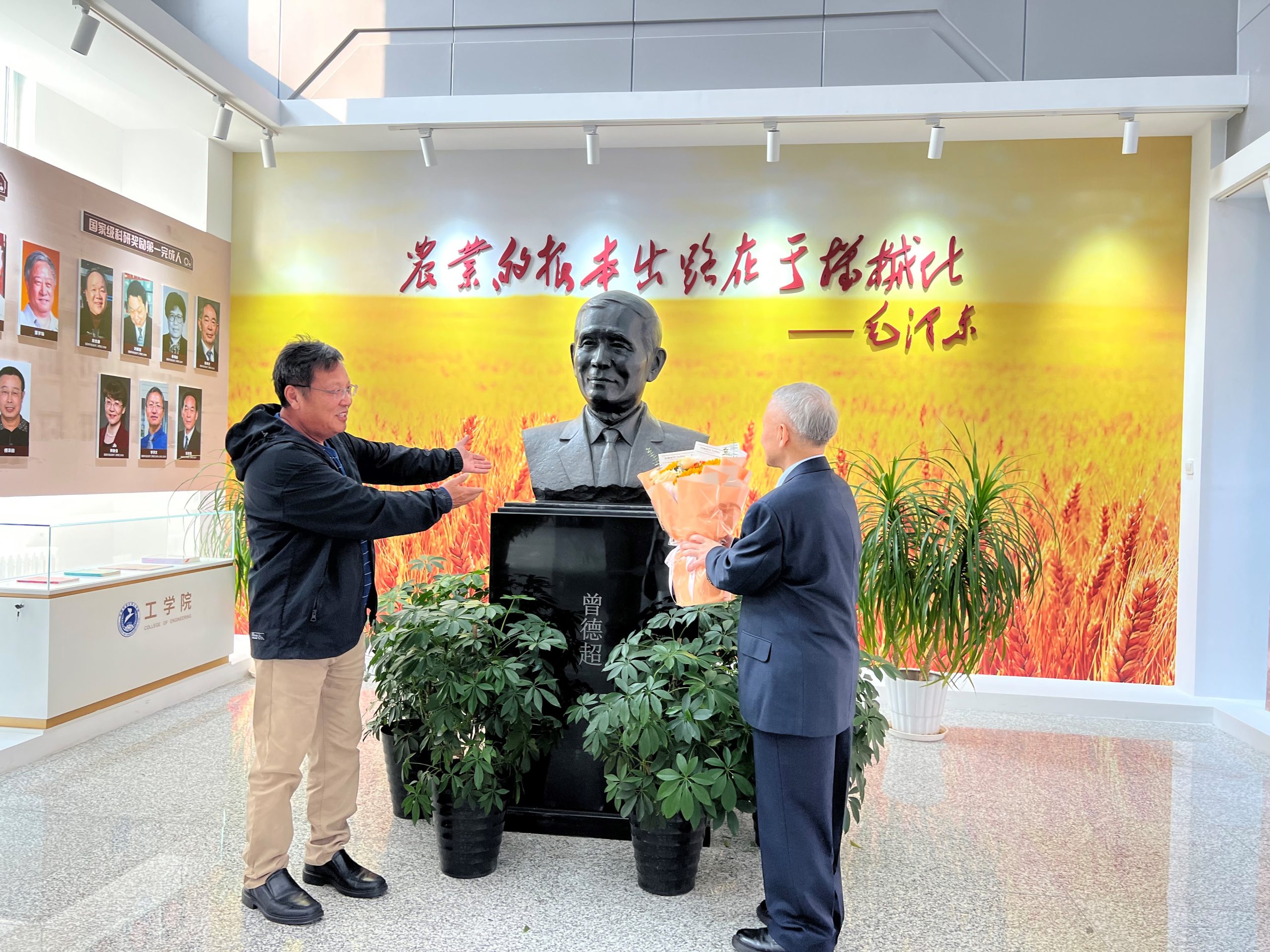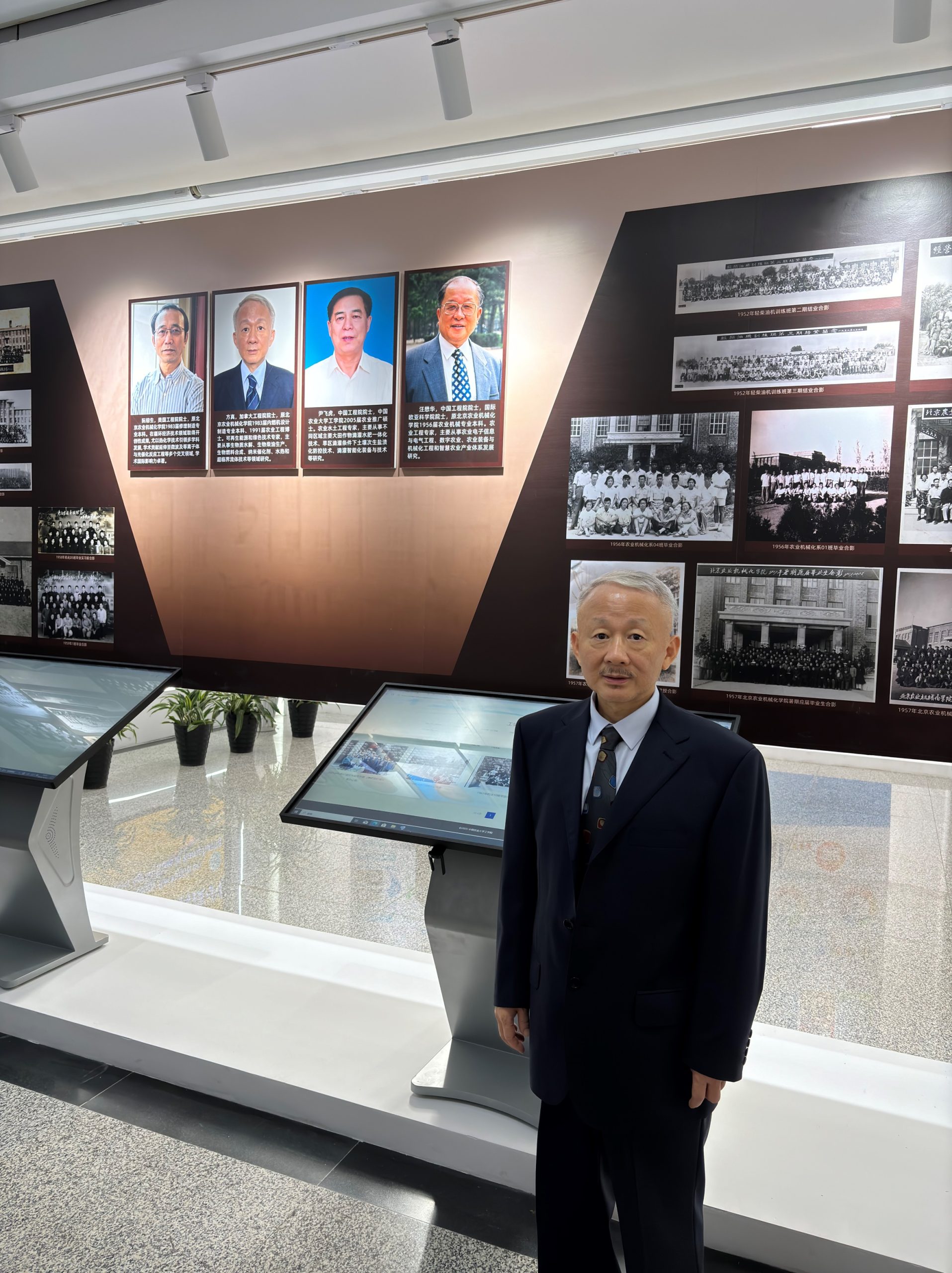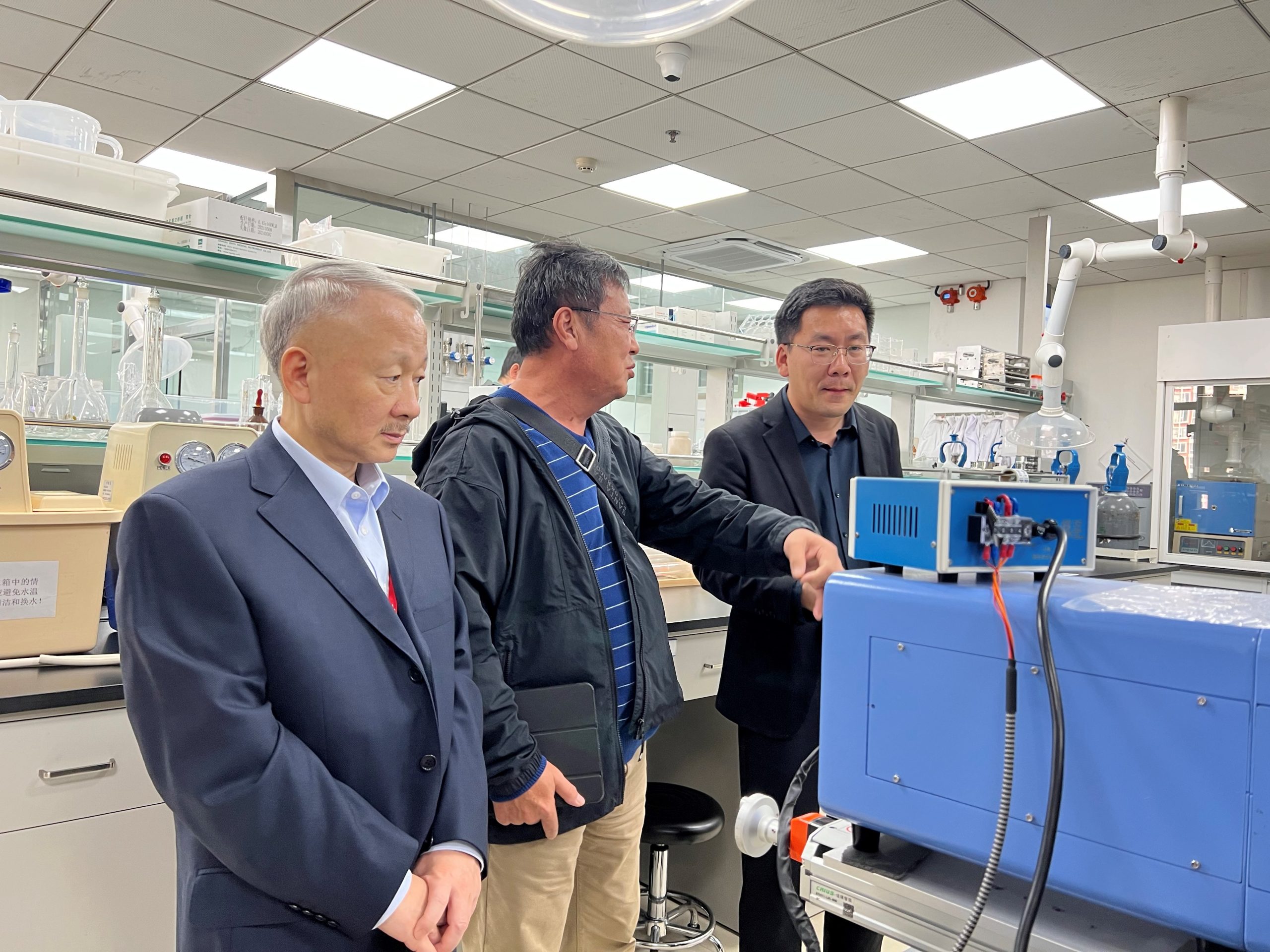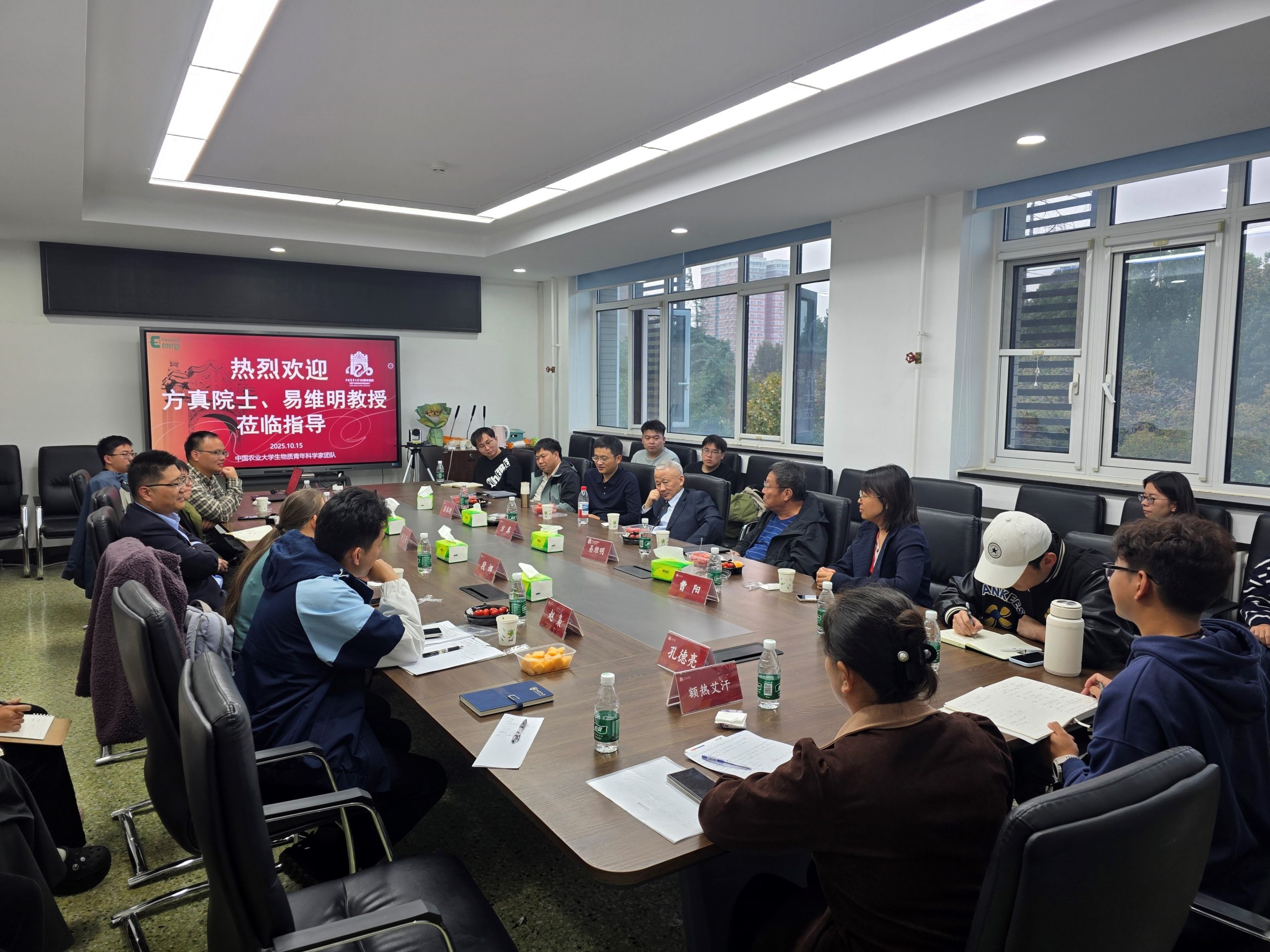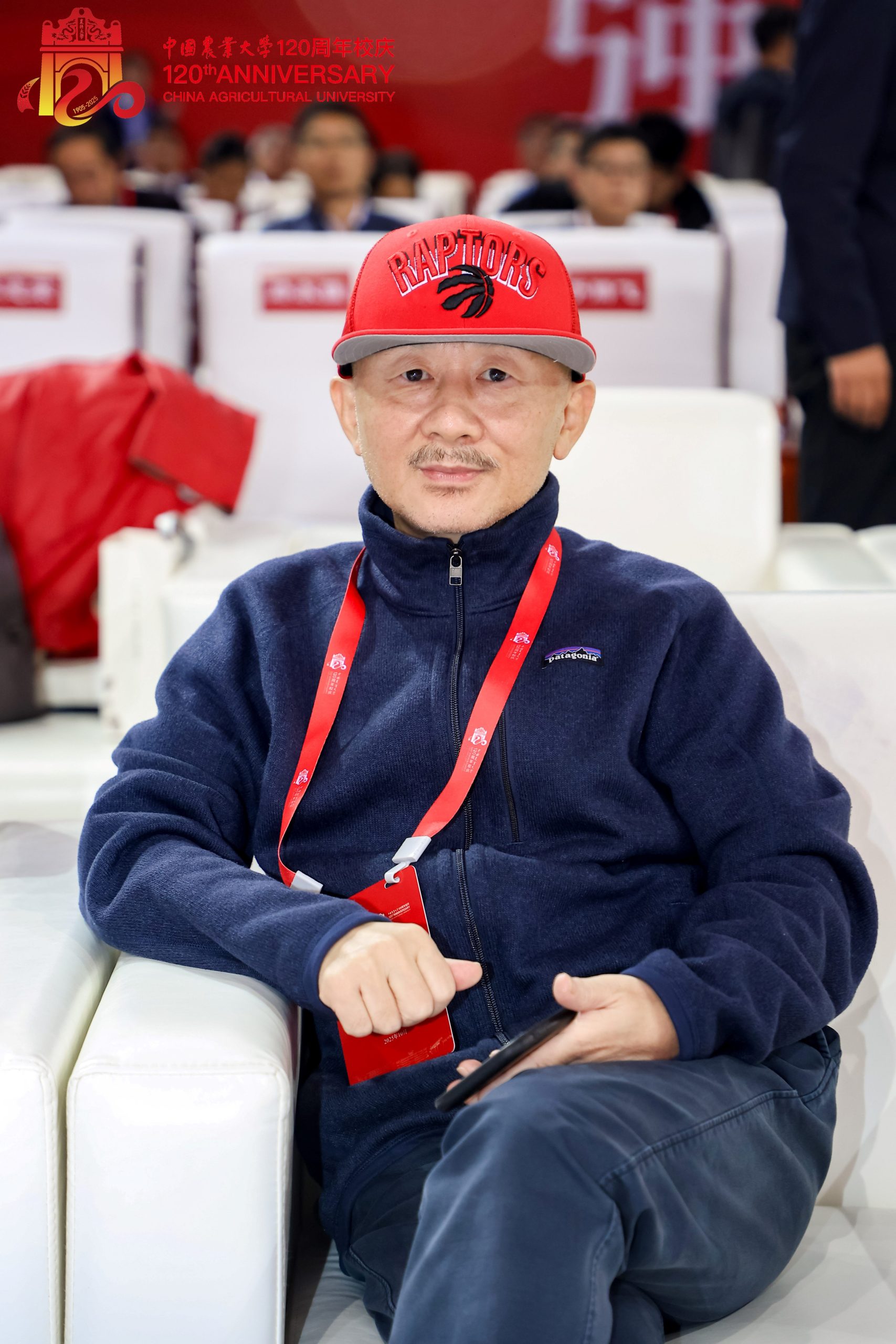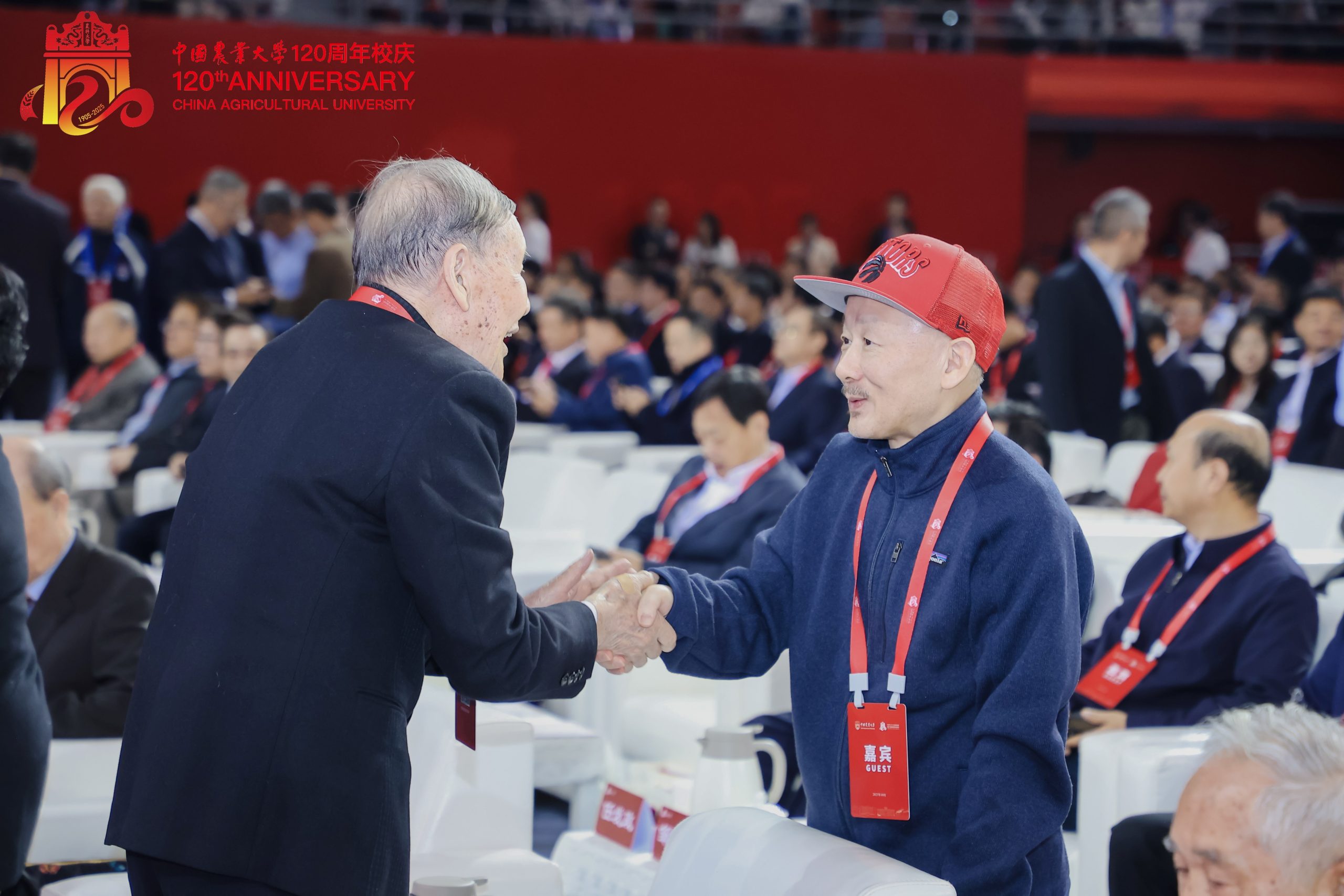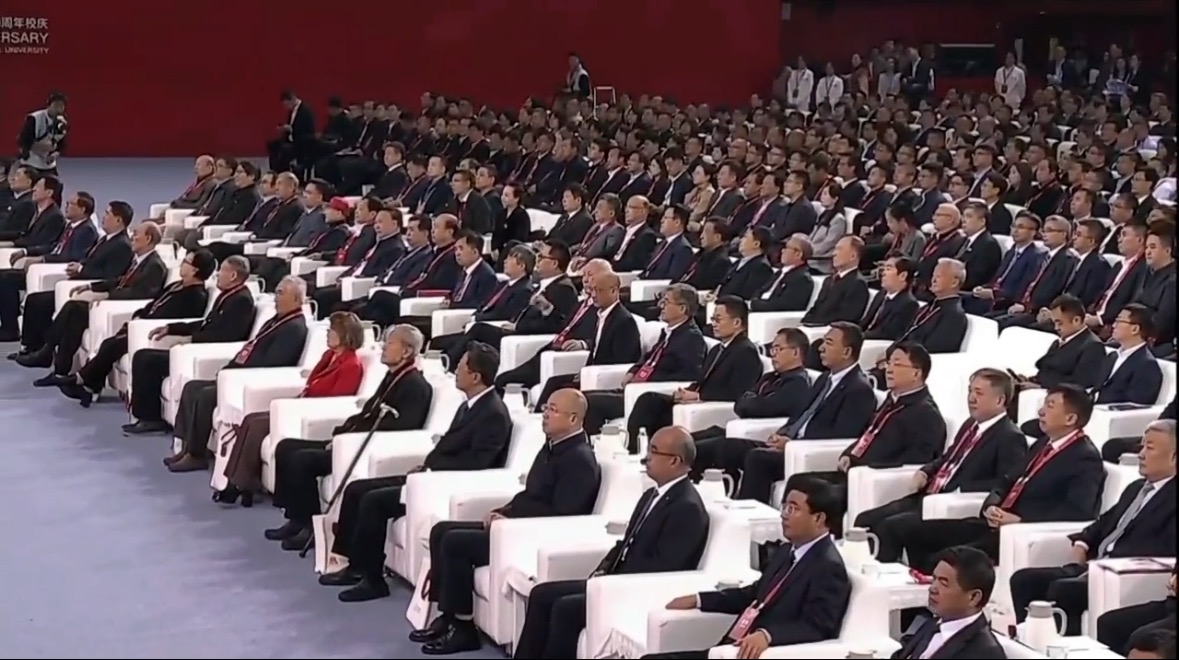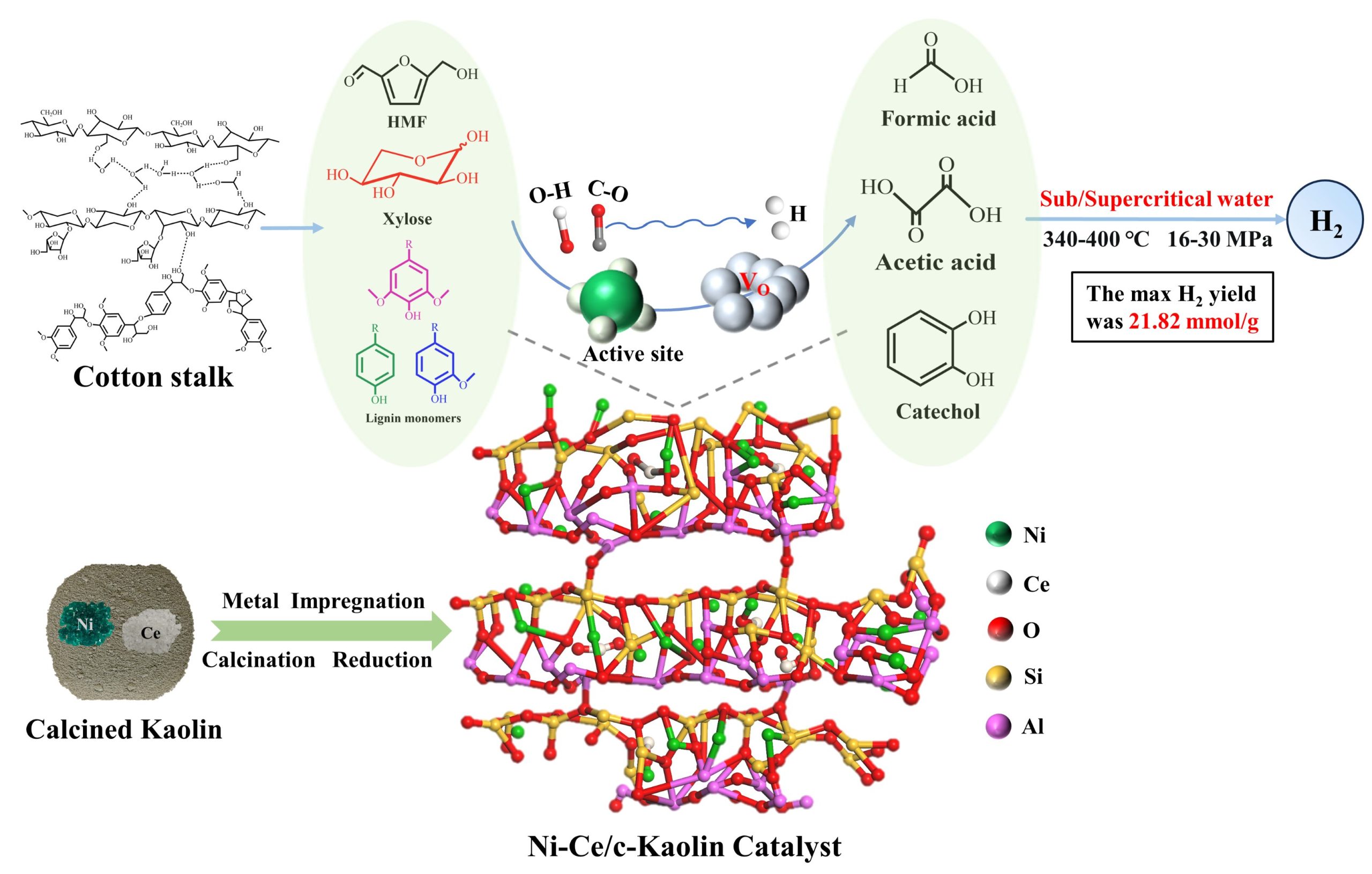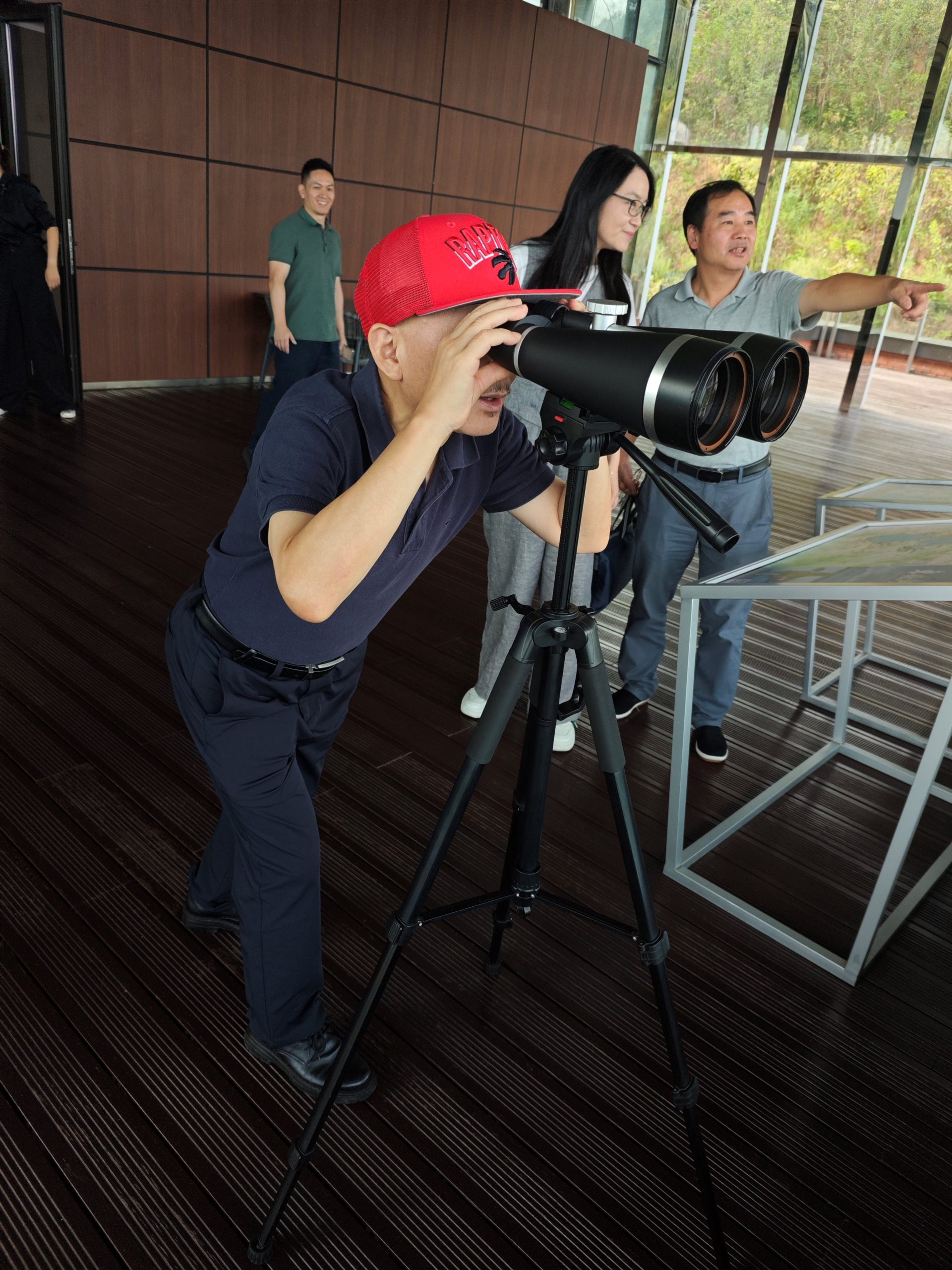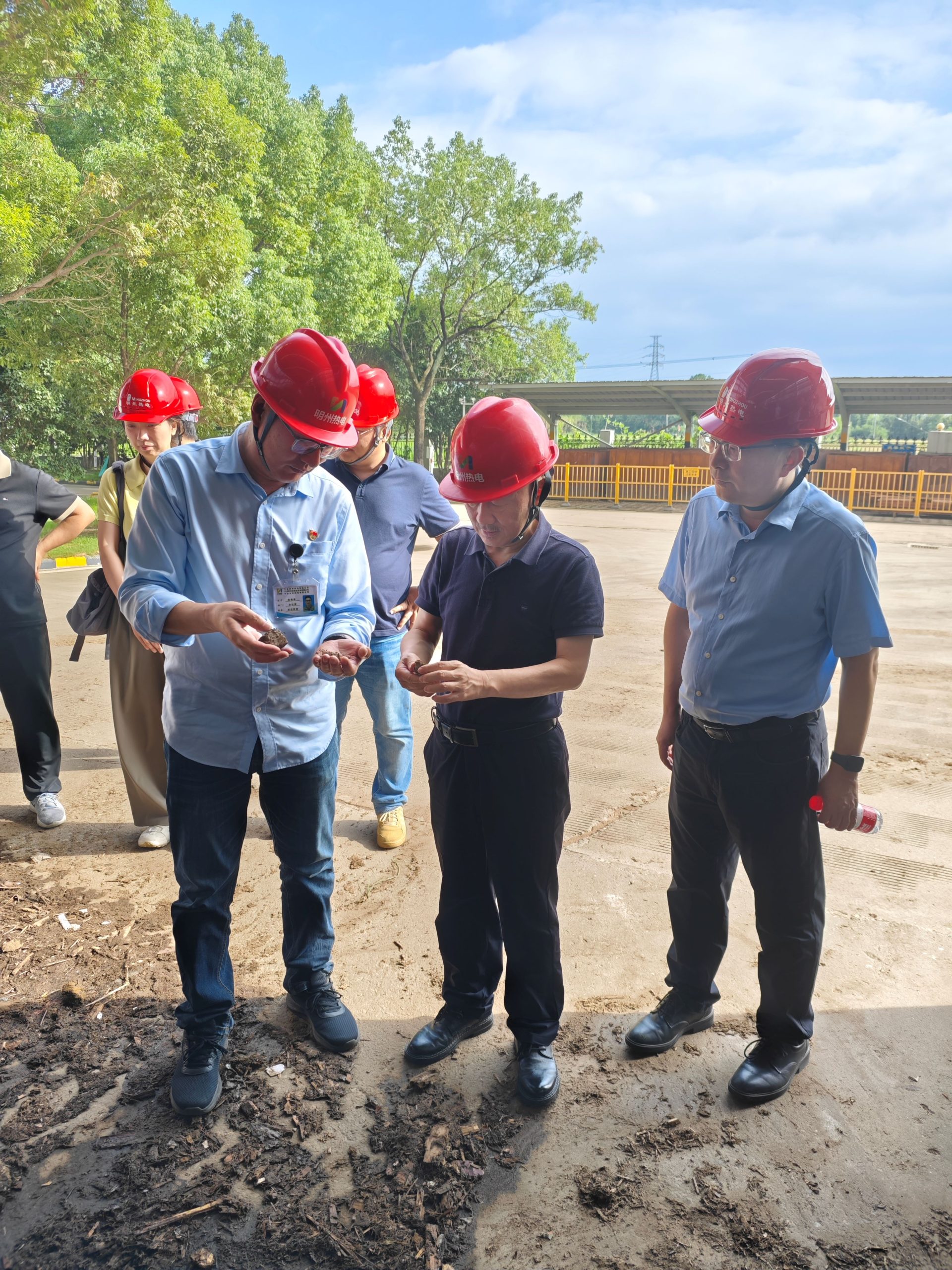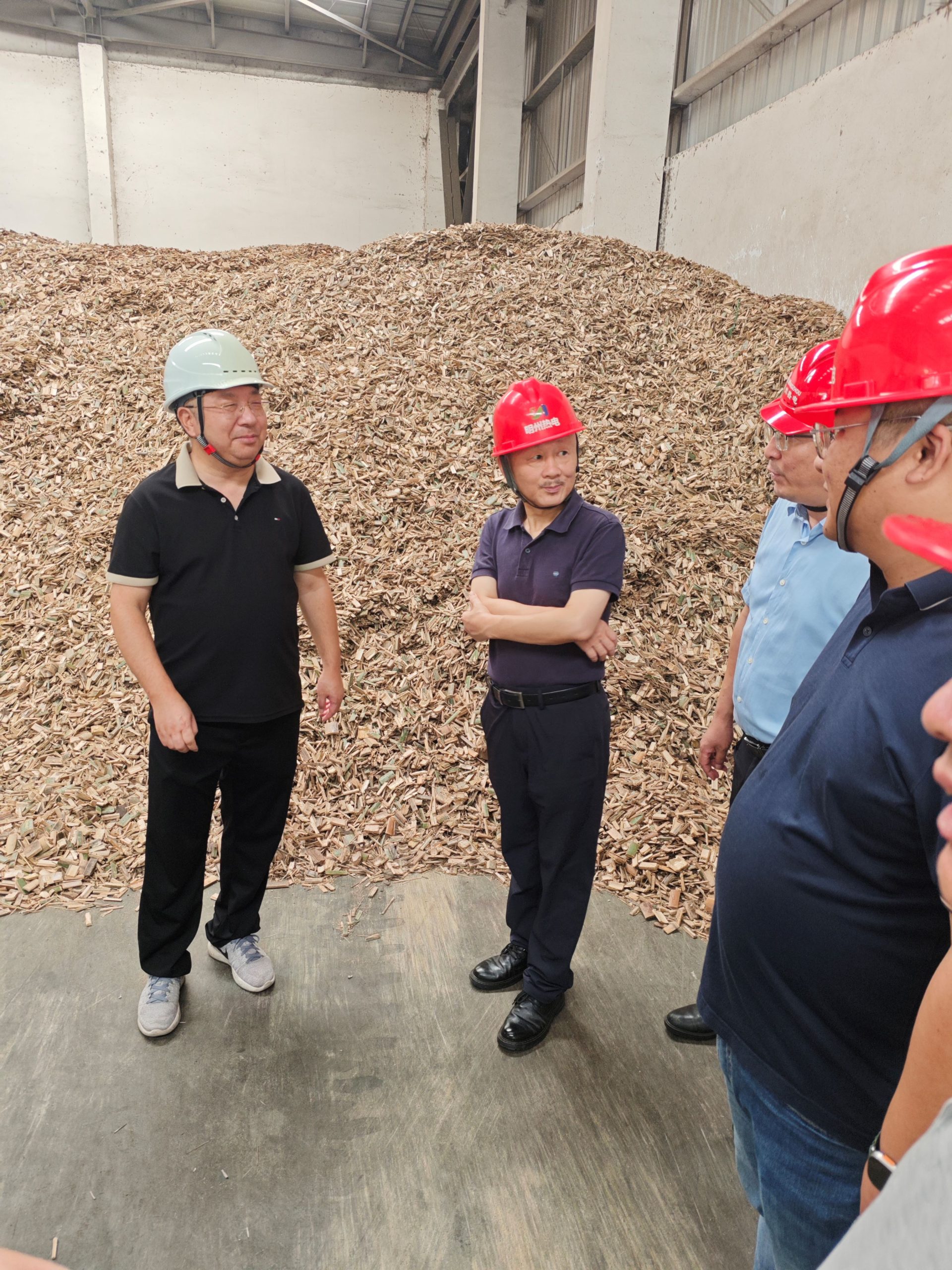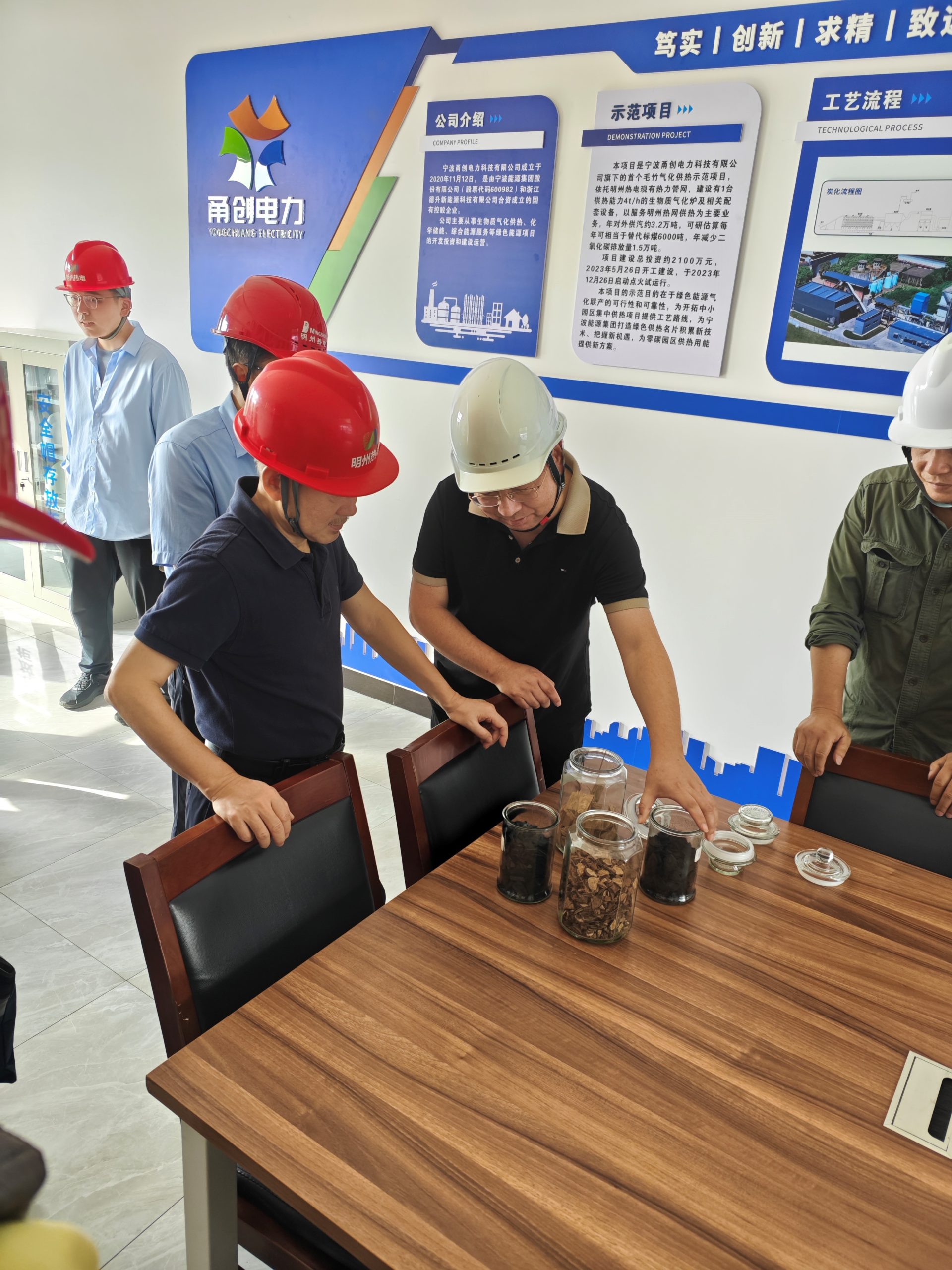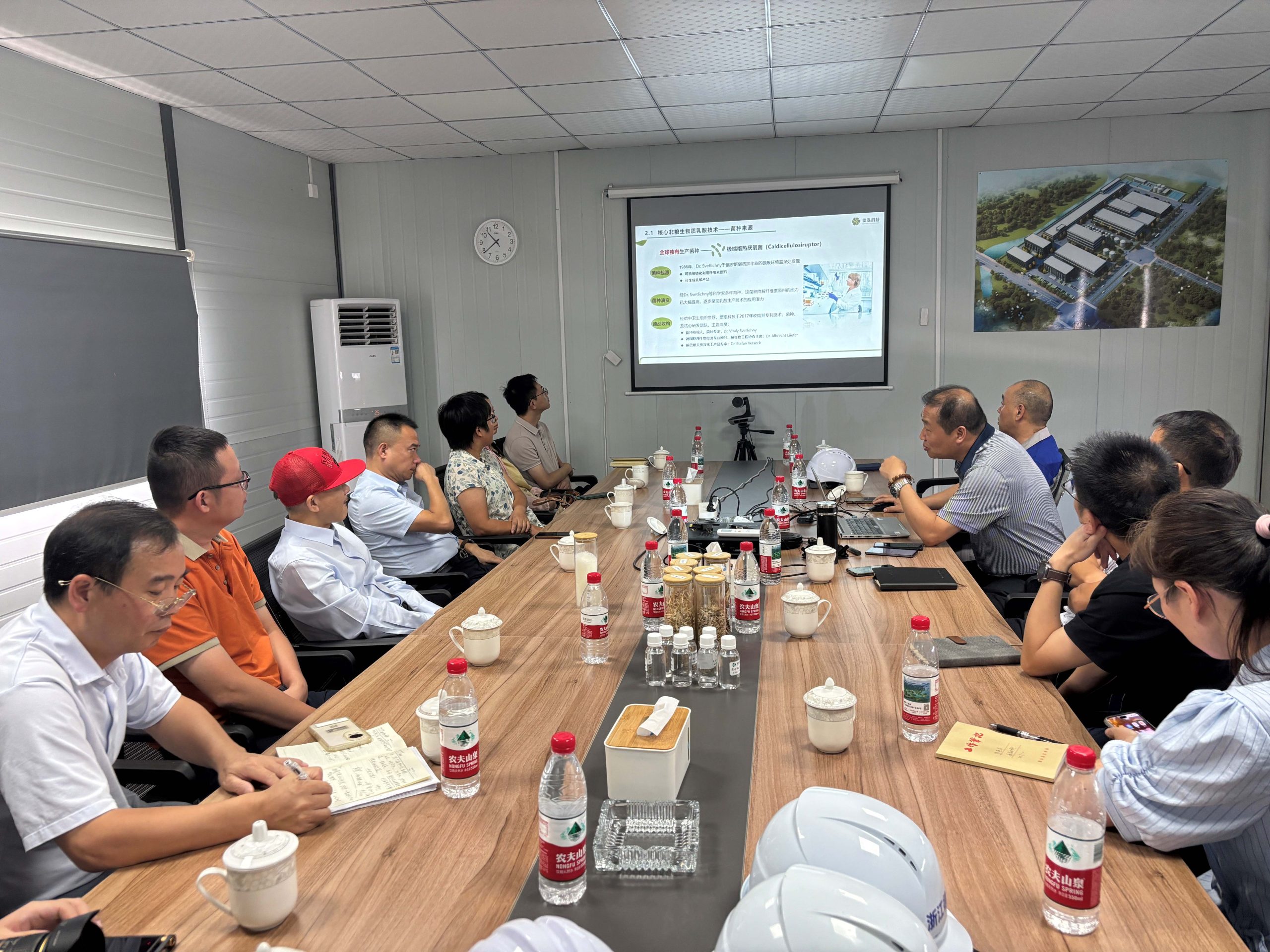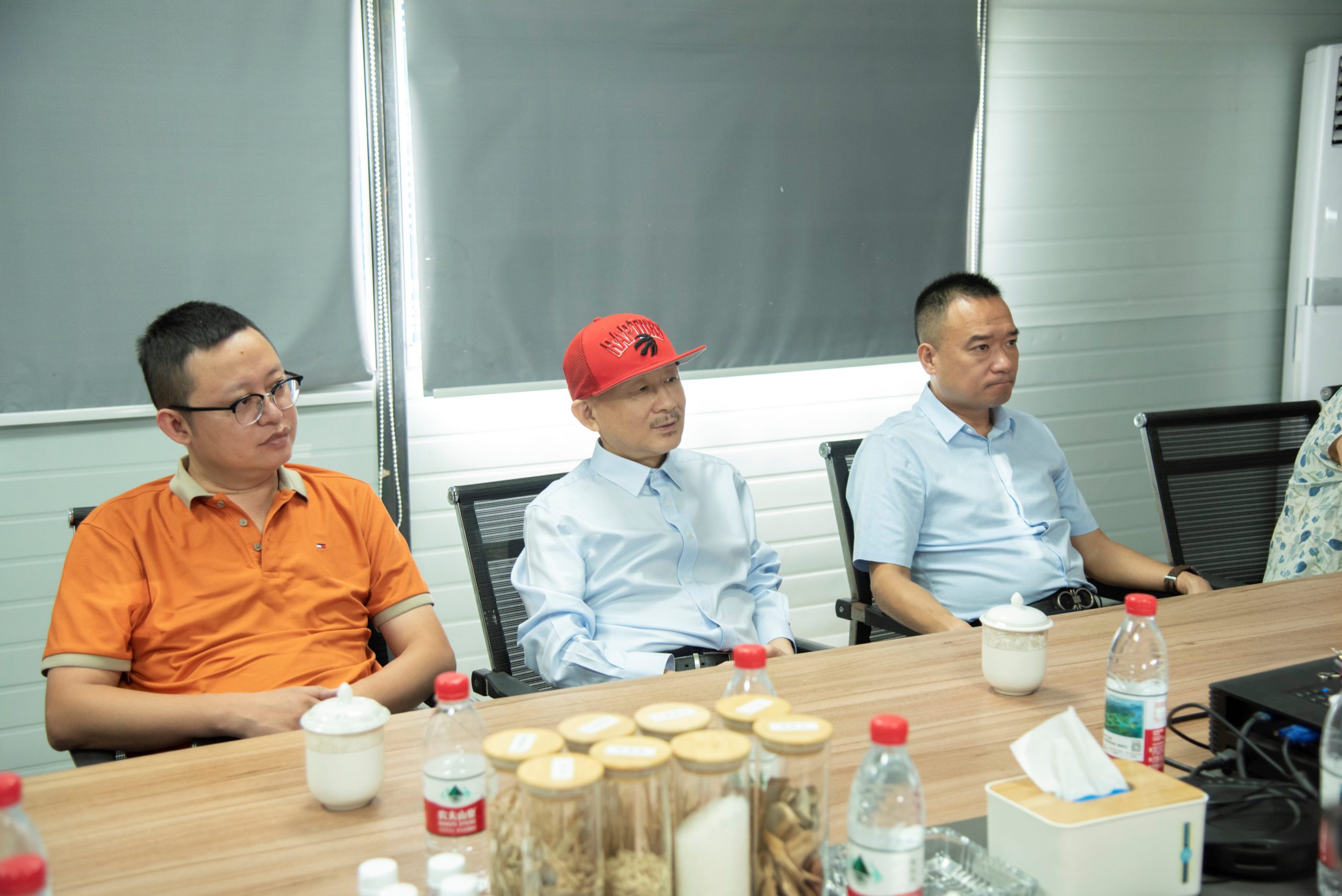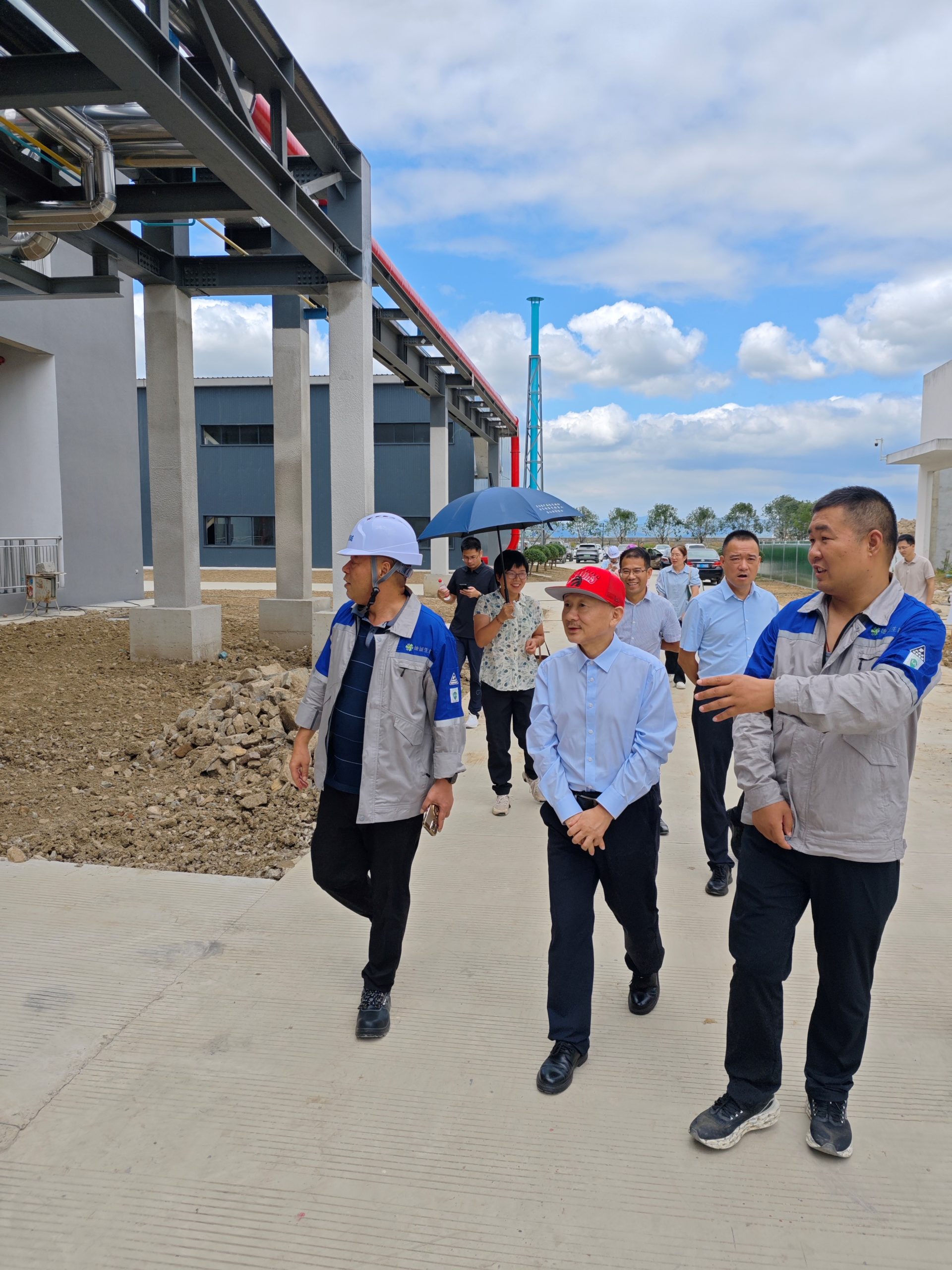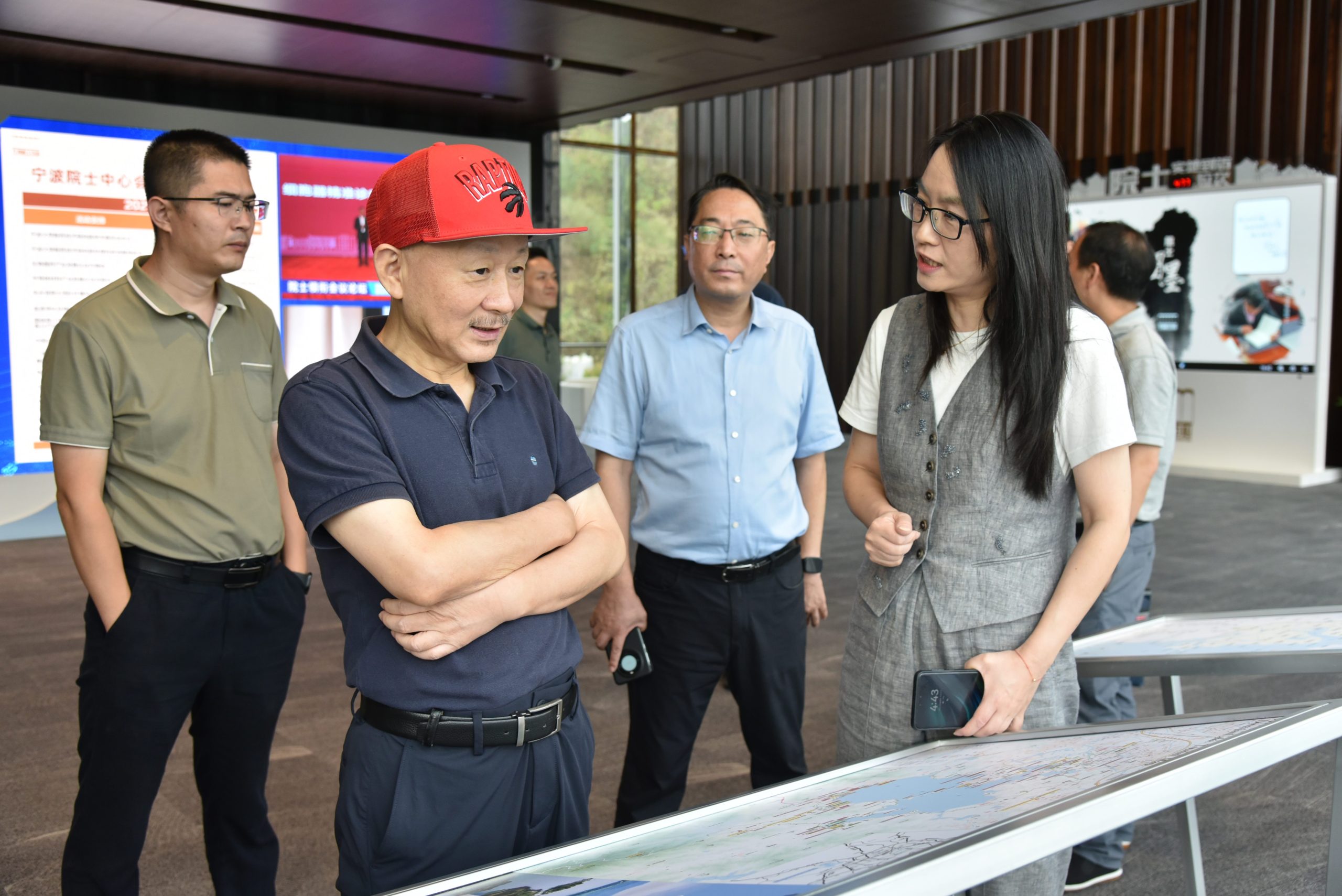在线国际会议NJAU-Lakehead-Ningbo University:Int’l Virtual Symp. – Sustainable Future of Renewable Biomass
星期四, 11 12 月, 2025
Profs. Zhen Fang and Janusz A. Kozinski(Janusz Kozinski和方真教授)
————————————————————————————————————
NJAU-Lakehead-Ningbo University:Int’l Virtual Symp. – Sustainable Future of Renewable Biomass
In the evening 19:00 pm (Beijing time), 8 December 2025, “International Virtual Symposium – Sustainable Future of Renewable Biomass”, jointly organized by Lakehead University, Nanjing Agricultural University (NJAU) and College of Science and Technology of Ningbo University, was successfully held. The leitmotif of the virtual symposium is the path towards sustainable future of renewable biomass as one of the driving forces towards generating carbon-neutral biofuels and multifunctional bioproducts. The Symposium will serve as a vibrant forum for exchanging ideas and sharing knowledge on the state-of-the-art innovative technologies while considering societal implications. Global and local challenges and opportunities – as well as future novel processes – will be presented, discussed, and debated.
Organization Committee
Chair:
Professor & Dean Janusz A. Kozinski (Fellow of the Canadian Academy of Engineering, FCAE), Lakehead University, Canada
Co-chairs:
Professor Zhen Fang (FCAE), Nanjing Agricultural University, China
Professor Wo-na Ding, College of Science and Technology of Ningbo University, China
Secretaries:
Mr. Shen-ren Li, Nanjing Agricultural University, China
Mr. Zhi-Qiang Wang, Nanjing Agricultural University, China
Online Meeting Screenshot
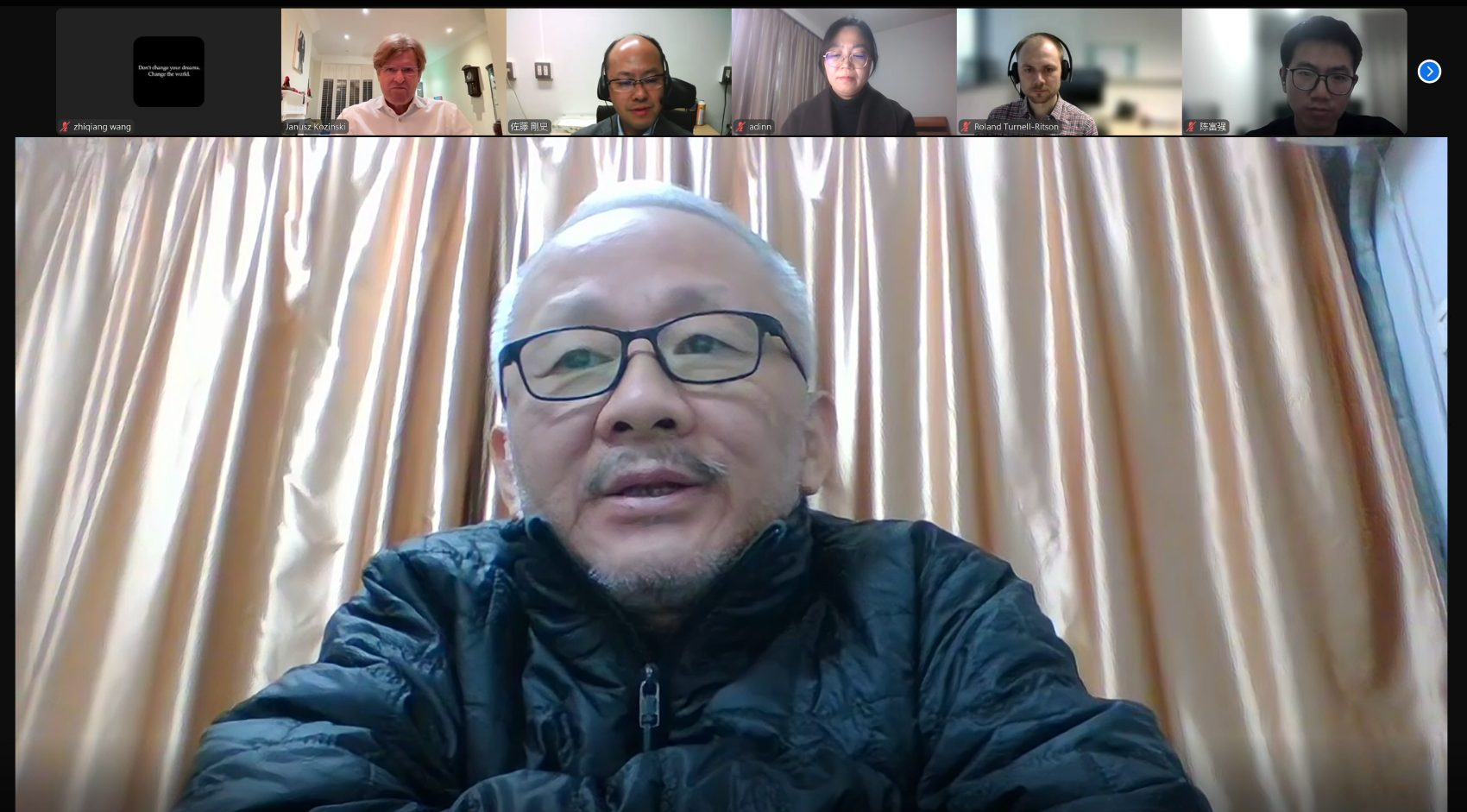
Prof. Zhen Fang and other experts (方真老师和专家们)
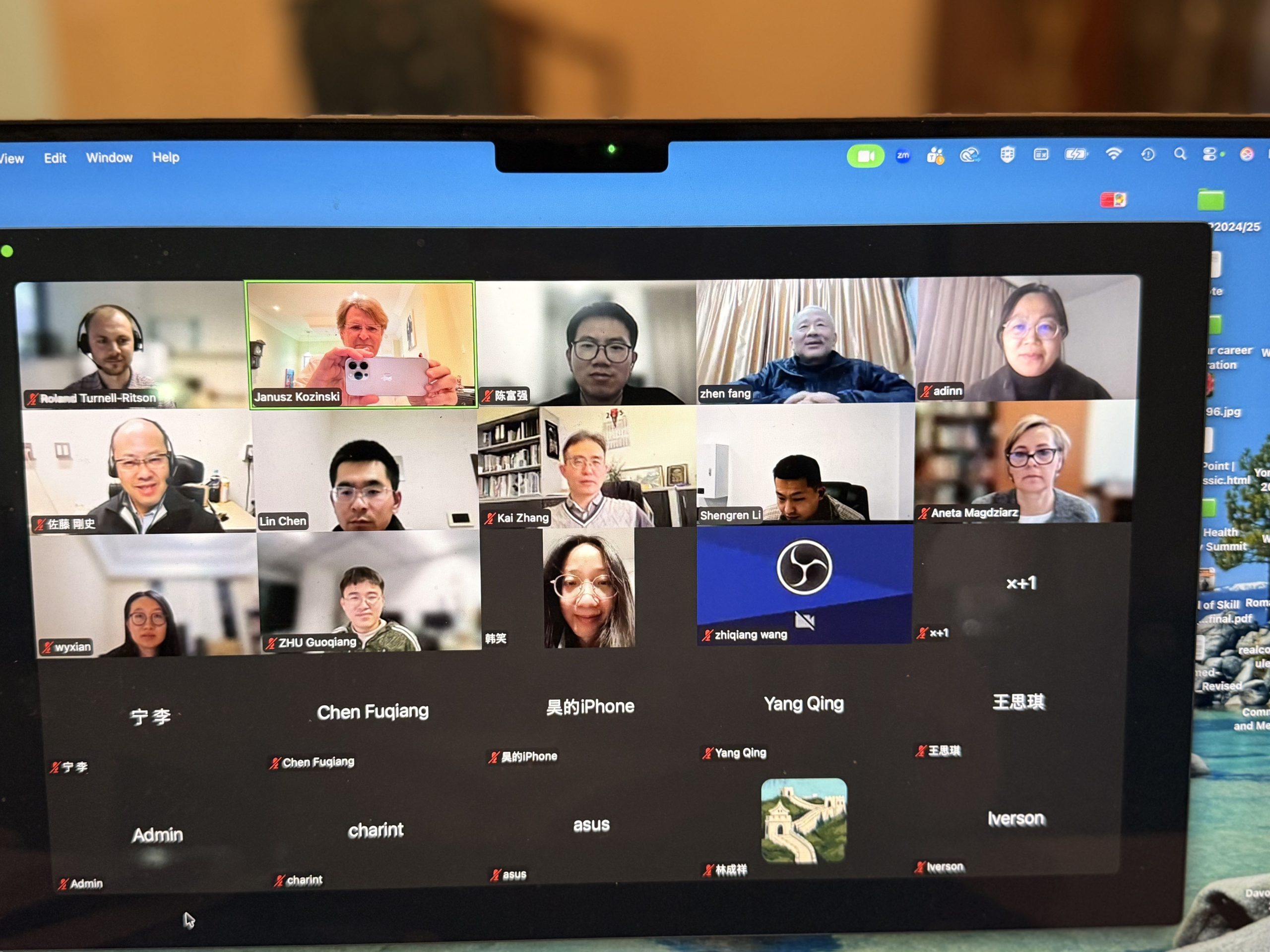
Experts and Guests (报告专家和嘉宾)
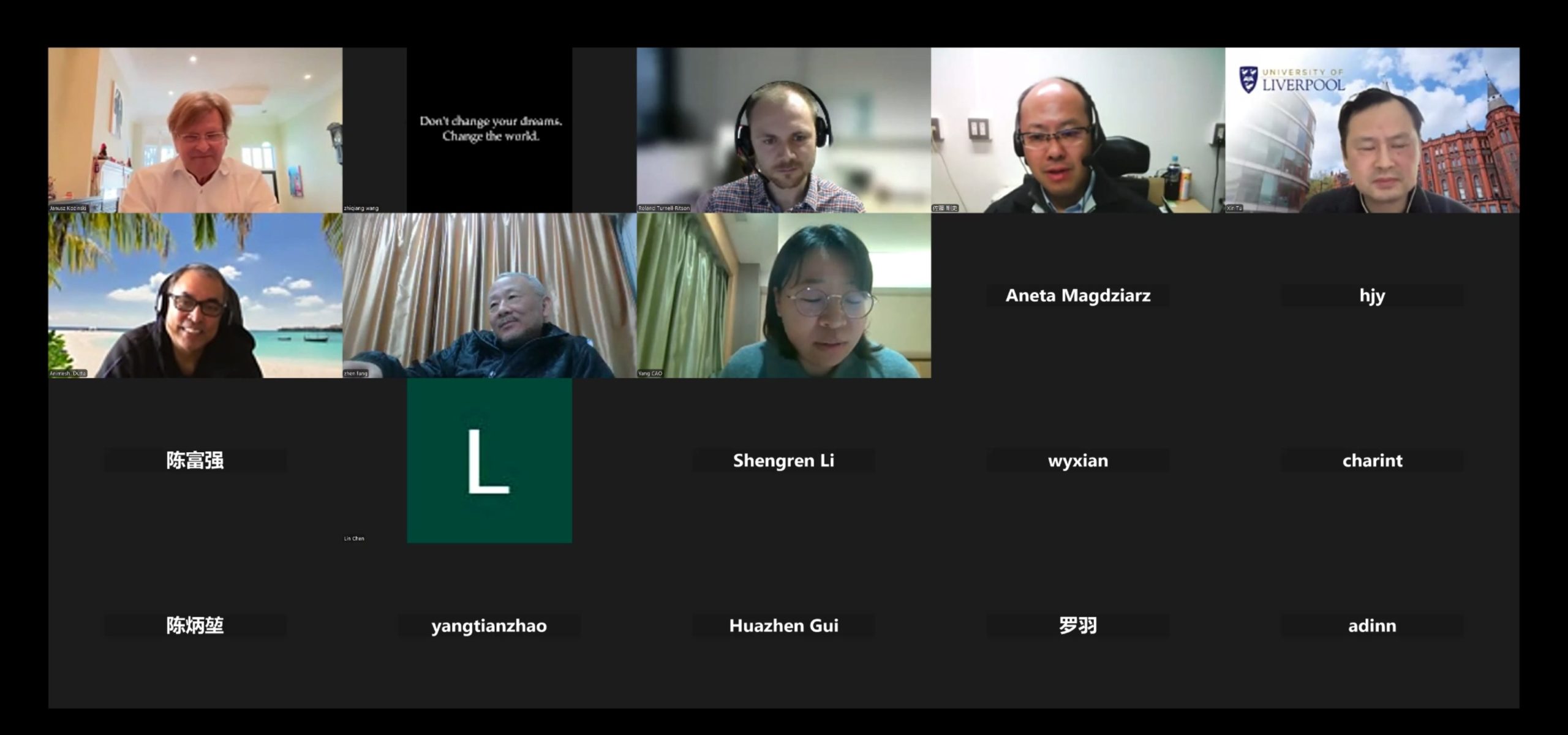
OpenDiscussion (公开讨论)
Details can be seen:
Video link:
Opening address by Prof. Zhen Fang
Good evening in China and Japan, good morning in North America, and good afternoon in Europe. I am Prof. Zhen Fang from Nanjing Agricultural University.
Thank you for joining the International Virtual Symposium on Sustainable Future of Renewable Biomass.
It is very nice to meet so many old and new friends.
It is an immense pleasure for me to start the symposium with an opening address.
Distinguished Experts, Guests, and a Prominent Audience.
It is my great honor to organize and co-chair, together with Professors Janusz Kozinski and Wo-na Ding, the international Virtual Symposium on Sustainable Future of Renewable Biomass.
The leitmotif of the virtual symposium is to explore a path towards sustainable future of renewable biomass as one of the driving forces towards generating carbon-neutral biofuels and multi-functional bioproducts.
The Symposium will serve as a vibrant forum for exchanging ideas and sharing knowledge on the state-of-the-art innovative technologies while considering societal implications.
Global and local challenges and opportunities – as well as future novel processes – will be presented, discussed, and debated.
We are delighted to share with you 8 invited presentations offered by experts selected from Japan, Germany, China, the United Kingdom, Poland and Canada. These presenters will share their most recent research activities focused on addressing global and local challenges, and seeking opportunities for developing future novel processes.
Thank you once again for your kind attention.
Zhen Fang
———————————————————————————-
Lectures:
1.Hydrothermal decomposition of strawberry leaves for solid weight reduction and recovery of variable components
Prof. Takafumi Sato (Utsunomiya University, Japan)
2.Sustainable compounds in action
Prof. Kai Zhang (Gottingen University, Germany)
3.Mechanistic study of 5-hydroxymethylfurfural electrooxidation coupled with hydrogen production
Dr. Lin Chen (Nanjing Agricultural University, China)
4.Plasma-enabled power-to-X for sustainable and decentralized fuel production
Prof. Xin Tu (University of Liverpool, UK)
5.Effects of adding carriers on nitrogen removal performance and membrane fouling of PN/A MBR
Dr. Fuqiang Chen (Ningbo University, China)
6.Valorisation of biomass and plastic recycling – a sustainability perspective
Prof. Roland Turnell-Ritson (University of Oxford, UK)
7.CO2 and steam gasification of food industry biomass waste: pathways to high-value biochars
Prof. Aneta Magdziarz (University of Krakow, Poland)
8.Sustainable biomass conversion: development of value-added bioproducts
Prof. Animesh Dutta (Guelph University, Canada)
Open Forum – Discussion
Chaired by Prof. Wo-na Ding and Prof. Zhen Fang
Closing remarks
Chaired Prof. Janusz A Kozinski
南京农业大学-Lakehead University-宁波大学联合成功举办“可再生生物质可持续未来国际在线会议”
2025年12月8日19:00 pm (北京时间),由南京农业大学,湖首大学和宁波大学科技学院联合主办的“可再生生物质可持续未来国际在线会议”成功召开。本次会议的核心主题是可再生生物质迈向可持续未来的道路,其作为推动碳中和生物燃料与多功能生物制品发展的关键驱动力之一。会议将打造一个充满活力的交流平台,在探讨社会影响的同时,促进前沿创新技术的思想碰撞与知识共享。全球性与地方性挑战与机遇—以及未来创新工艺—都将在此呈现、探讨并深入辩论。
会议由加拿大湖首大学Janusz A. Kozinski院士、宁波大学丁沃娜教授和南京农业大学方真教授共同担任主席。会议汇聚了来自加拿大、波兰、英国、日本、德国和中国六个国家的顶尖学者,围绕如何高效转化各类生物质资源为生物燃料、生物化学品和生物材料,以及相关的全球性、区域性挑战、机遇和未来创新流程等议题,进行了深度研讨。南京农业大学博士生李胜任和王志强共同担任大会秘书。首先方真教授致开幕词。会上,八位国际知名专家带来了科研前端的学术报告:日本宇都宫大学Takafumi Sato教授、哥廷根大学Kai Zhang教授、南京农业大学陈林博士、利物浦大学Xin Tu教授、 宁波大学科技学院Fuqiang Chen博士、牛津大学Roland Turnell-Ritson教授、克拉科夫大学克拉Aneta Magdziarz教授、圭尔夫大学Animesh Dutta教授等,各位报告人分享了他们在生物质处理领域的最新研究进展与突破。报告之后,丁沃娜教授和方真院士共同主持了开放研讨会,与会专家学者就生物质未来发展问题展开了热烈讨论。会议尾声,Janusz A. Kozinski院士对此次会议完美开展做出了闭幕词。
演讲录像:
NJAU – Virtual Conference – 8 December 2025 – Program
Sato – Certificate – Virtual Symposium – 8 December 2025
